Behind the Automotive Lens - Interview with Amy Shore
Our interviewee for the Apex this week is the renowned and highly talented automotive photographer Amy Shore. Whilst most people will be familiar with her work, if you're not, you may have unknowingly seen her photographs in publications such as Octane, Evo, Petrolicious and Classic Driver, or indeed her superb coverage of events such as the Goodwood Revival. She manages to capture the excitement and vibrancy of the automotive passion with an unrivalled and unique style, and is a great example of how young and ambitious people can come and rapidly excel in what is, traditionally at least, a rather antiquated world. We hear about how she got behind the camera lens, some of her strategies for capturing speed in a photograph, hear whether she thinks social media can actually restrict the art of photography, and also hear about one of the Editor's all-time favourite automotive venues, the Bonneville Salt Flats.
Charles Clegg interviews Amy Shore for The Apex by Private Collectors Club. Recorded and Produced by Jeremy Hindle & Demir Ametov. Transcribed by David Marcus. Edited by Charles Clegg. Also thanks to Amy for letting us use her photographs.
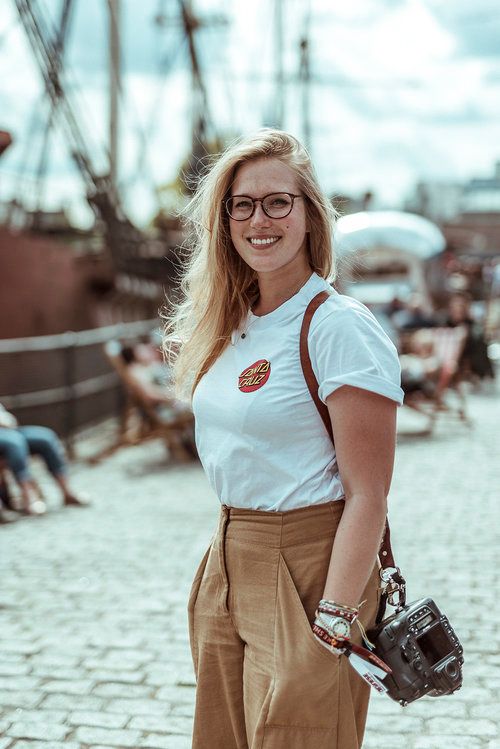
Over the past few years you've taken the historic automotive world by storm, bringing a fresh unique style to automotive photography. But winding the clock back many years when you were growing up, did you ever imagine or indeed aspire to be doing what you're doing today?
It's such a weird kind of world I have found myself living, because no, absolutely not. I can't even begin to express how little I thought I would be doing this job. I always liked photography and I thought that it would be something I'd love to do at some point, but I didn't think it was realistically a job that I could do and actually survive on. And then with the car side of things, I didn't even know my job existed.
So I always thought I might be a weekend wedding photographer because that's what my dad used to do as a bit of pocket money at the weekends. He was always into cars and the automotive world, so it's a very strange place to find myself in really, but it's become my dream job. I can't even begin to express how much I love doing what I do. So no, it's amazing.

I understand you actually studied metalsmithing and jewellery design at university. How did that then evolve into automotive photography?
So this is the funny thing, when I got to university `I thought, ‘I don't really know what I want to do with my life, I'll just do what I enjoy at the moment’. So I went down this little path of art and I was quite creative and thought I'd do something around here, and I could do photography as a hobby, but that was it. I thought I kind of understand photography and I've got that skill set, but I'll go into university to learn something different so it can give me a possible other skill set that I can then maybe get a job at the end of with, because I had no idea how I was going to make money.
So yes, I thought to myself, right, I'll do this course, which basically was a multi-craft course working for briefs and designs. I thought I would end up becoming something like a homeware designer. I ended up going down the route of metalsmithing and silversmithing and really found a passion in that. To be honest, I have not picked up a soldering torch or anything since I left university. In the end the best thing about going to university was that it gave me three or four years of breathing time and space to think about what I wanted to do, and also my student loan, and I got a grant as well because I did quite well in my art foundation, and those things ended up funding my first camera, my first laptop and my Mini actually, my classic mini. So my University basically started off my career as it is now, but in a totally different way.
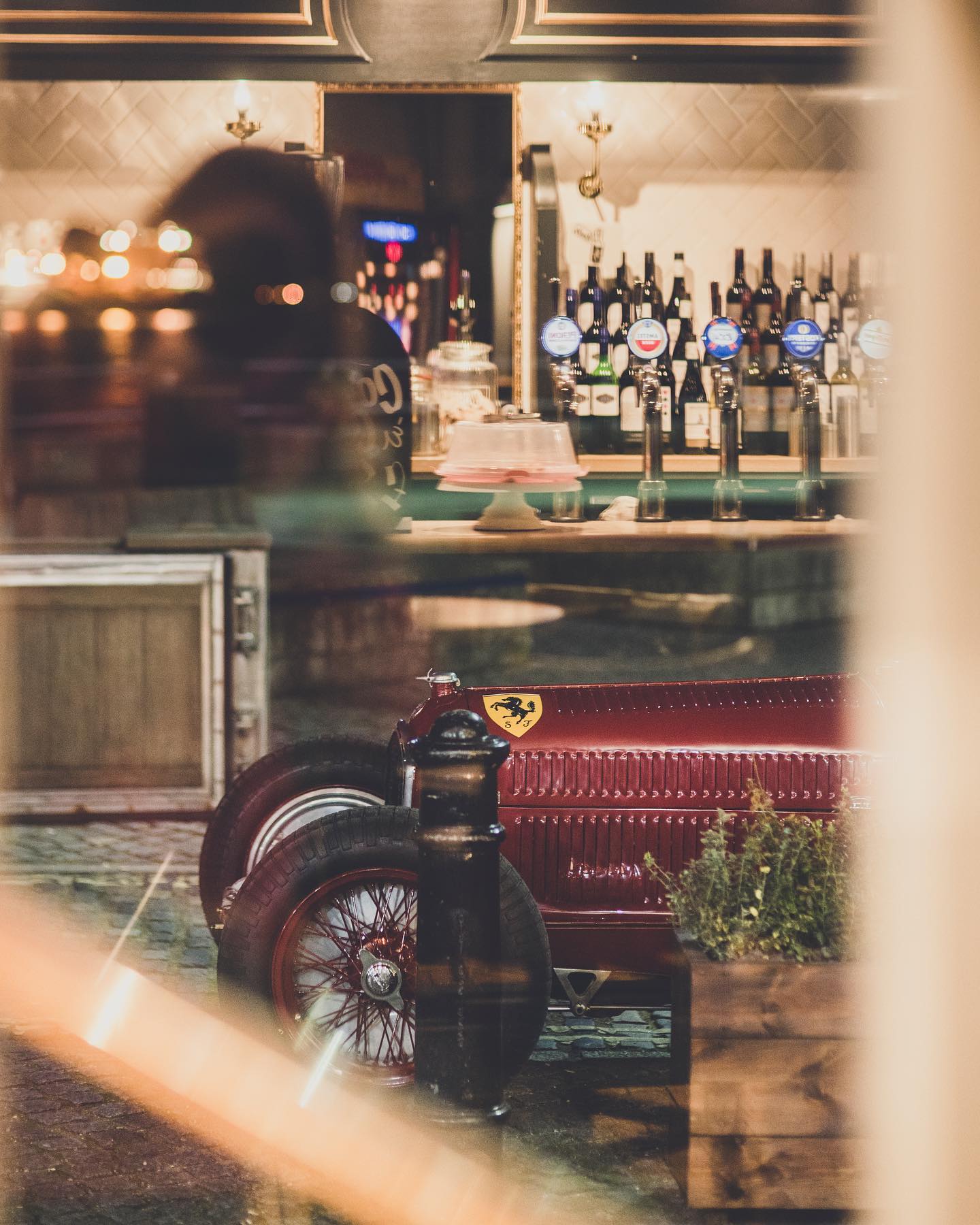
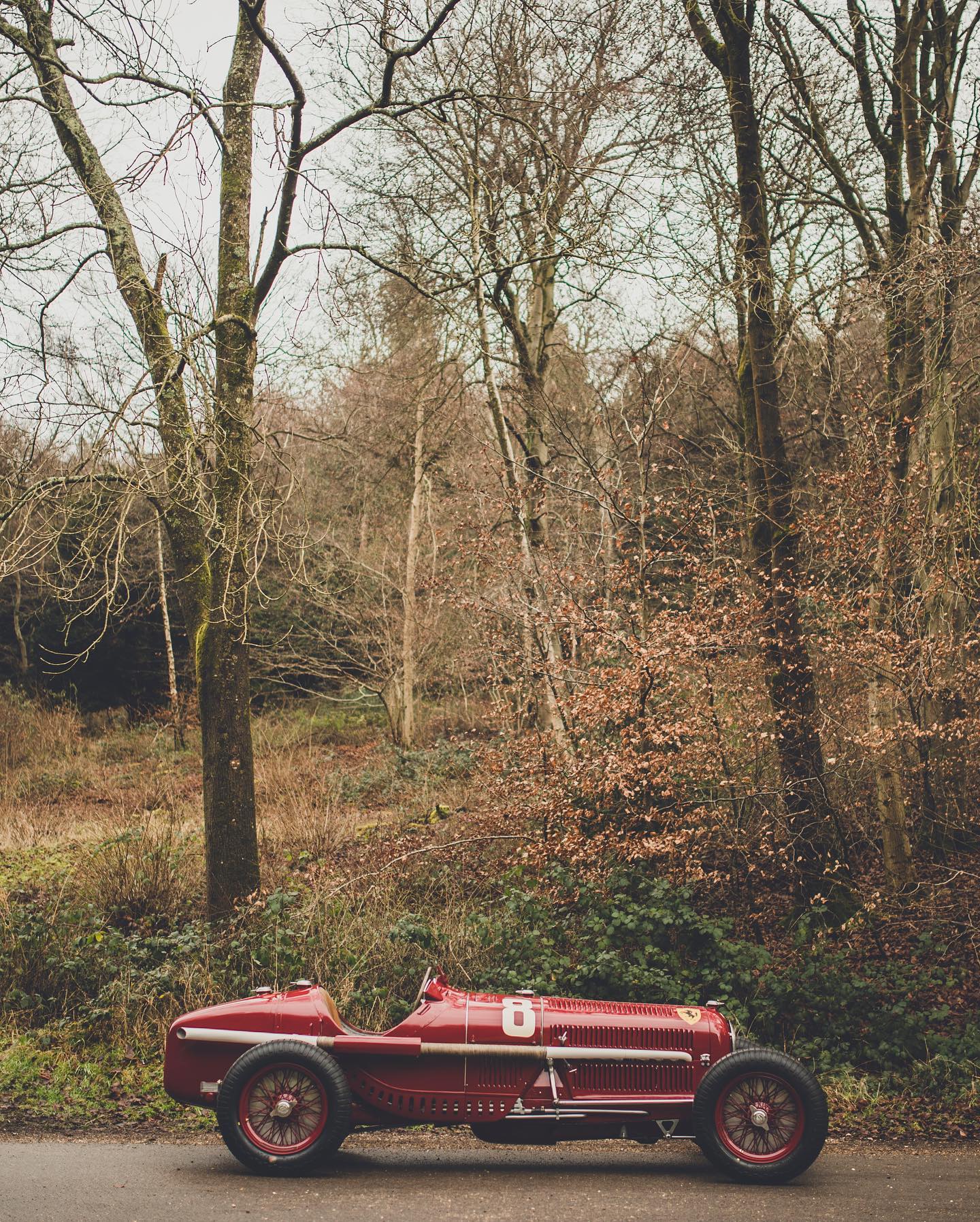

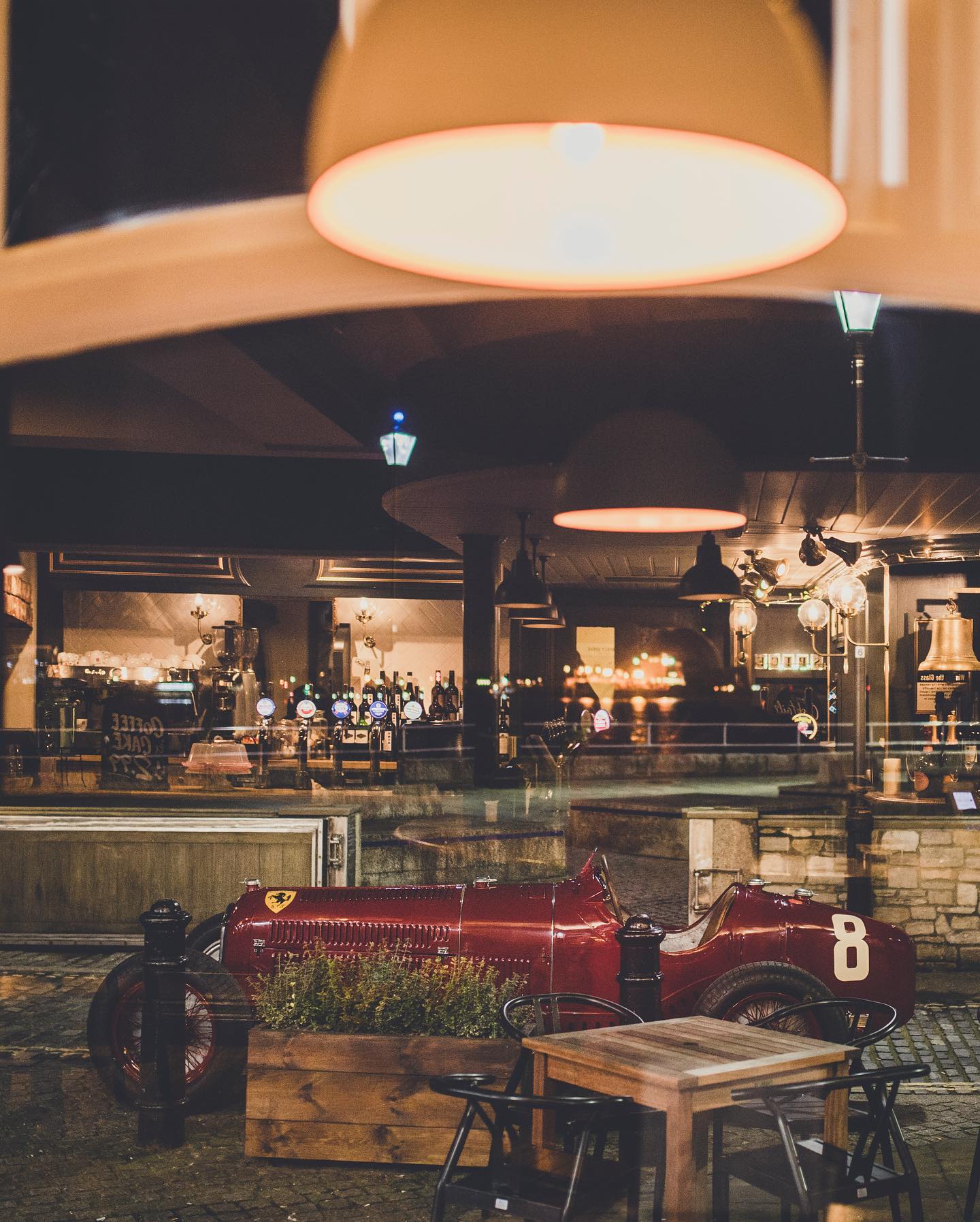
Alfa Romeo P2. Credit: Amy Shore Photography
Do you think coming from that slightly unusual start then gave you the ability to look at the subject matter, cars, in a fresh and different way?
I've always felt like I'm a people photographer and I still feel like I'm a people photographer now, more than a car photographer. So I photographed my family, my friends, I’d bring my camera to camping trips with my mum and dad and brother and that was kind of what I learned to photograph. So when the cars became involved, or even before the cars, when weddings started off, I just thought to myself, ‘ok, I really want to document this day as best I can so these people can look back on this day and think yes, that is how I felt, that is what things looked like.’ I took all of that knowledge and that emotion, and brought that into the car world. I just thought to myself, the more I can live this car world and photograph it, the better I can show it in a very honest point of view.
I look at the car world from this romantic wedding background, I guess, and apply those emotions to it. There are quite a lot of wedding couples that you meet and very quickly you think I really like you and I want to make sure that you really enjoy this day, and by the end of the day you are great friends. Some of my closest friends that I speak to now are old brides and grooms of mine. So you get so emotionally involved, and it's the same with the car world, you end up meeting all these friends. I've shot so many people over the years that you always see at events like the Revival and you think, ‘I want to get a really nice shot of that person’ and it just happens to be that there are cars and motorbikes around at the same time.


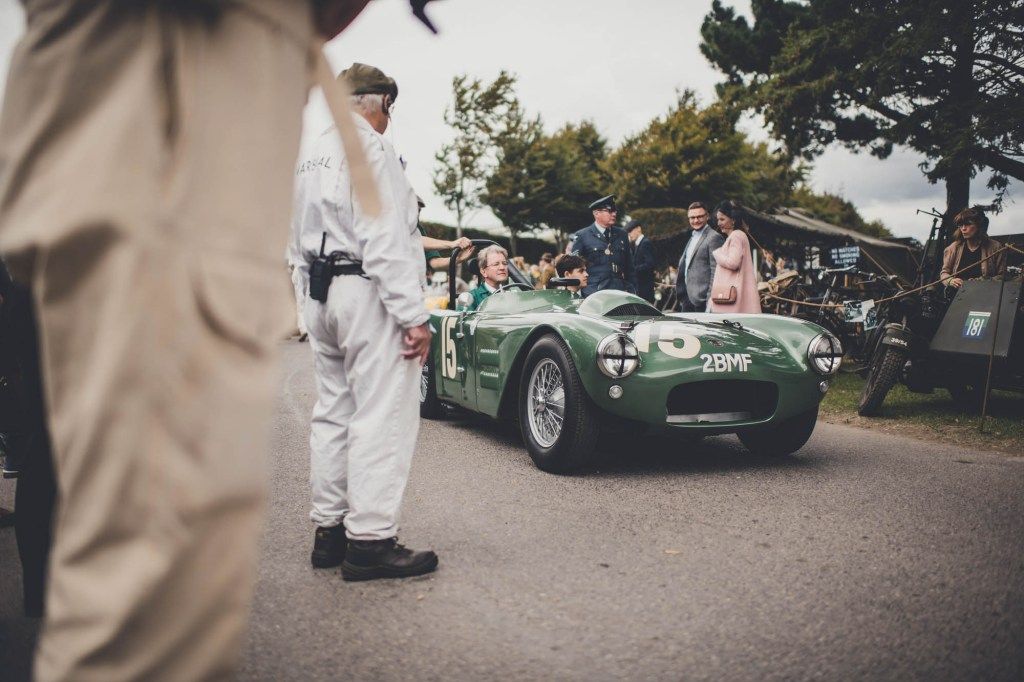


Credit: Amy Shore Photography
Absolutely. One of the beauties about photography is that it's entirely subjective. People have different tastes, but your photographs have always really resonated with me personally, and admittedly rather late last night, I managed to boil it down to three key reasons: (1) is your consistent and unique style; (2) was your ability to capture the sense of movement and speed, and (3) for me the most important, is that you manage to capture the vibrancy of the community, i.e. all the people in the passion that bring it to life. So addressing these three reasons in reverse order, how do you manage to capture that vibrancy in the classic car community so well and how do you balance the importance of cars versus people in your photographs?
So the way I try to work, and it's worked well for me so far, and the reason why I manage to get the shots that I do, is I try to slot myself in as honestly as possible into that car rally, event, shoot, whatever it is, and just really, really, really try and live it. With brides and grooms they would say ‘do you want to sit with us, with the guests when you eat dinner and stuff’, and I'm like, ‘the more you can slot me in as a guest the better I can photograph the day’. It's exactly the same with the car world as well. I really try my hardest to live whatever I am doing. So if I'm on a rally, I'll try and get as many seats in different cars as I can, so I can photograph it from different people's points of view and really try and show what it's like to live that event, rather than sitting on the side of the road for example, waiting for the rally to go past and photographing each car, which I feel is a bit more of an onlooker's point of view.
In terms of the community I just try to throw myself in, and you get to know people, you chat to people. I'm quite a talkative person and I'm interested in people, so I think that's a real key thing that I have to try and do to get the photographs that I do. I think that's how I probably get the community side of things. To try and balance the cars as well, they're just these beautiful pieces of art that seem to be around at the same time, so it's not too difficult to think, ‘oh, that's a really nice shot of that car with this light at this angle.’ That almost becomes a second nature, I don't really have to think about it. It's the people side of things that you really have to watch what they're doing. Are they putting their hand on the wheel, are they about to change gear, are they about to look in their rear-view mirror. If I'm sitting in the back seat, things like that you almost have to guess what they are going to do. The cars are the easy bit!

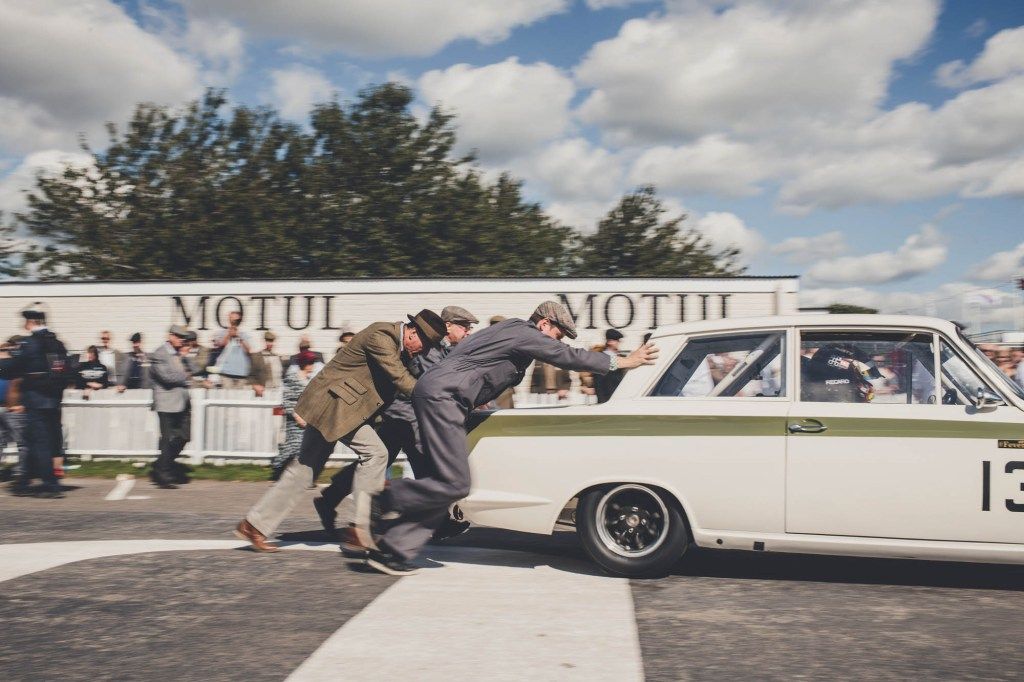
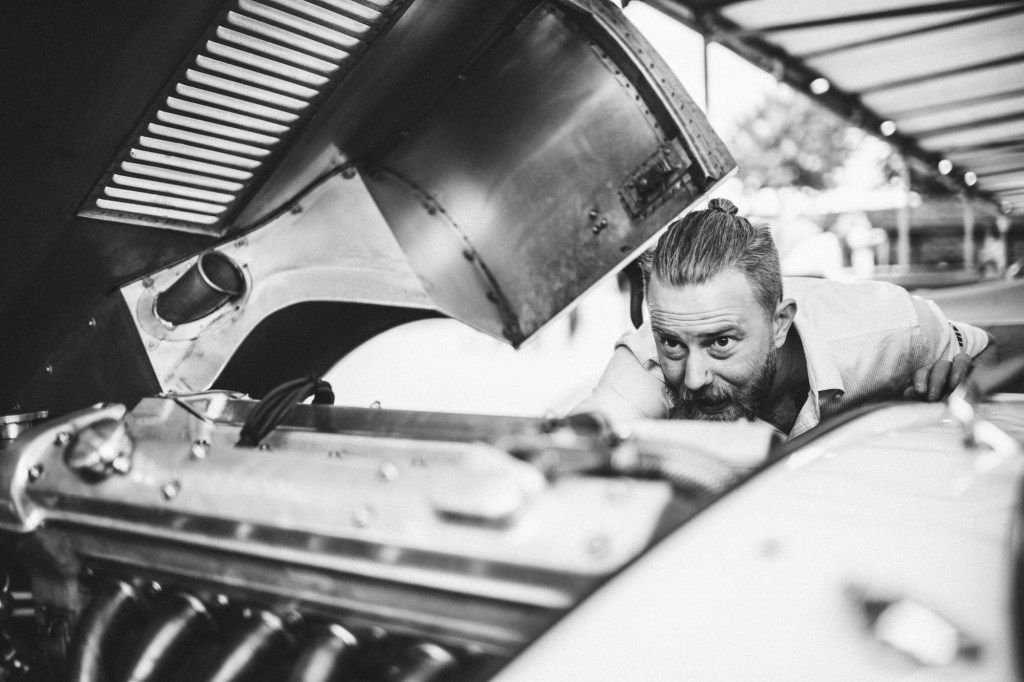
Credit: Amy Shore Photography
Some of my favourite shots you've done are where someone is mid-doing something, it's not posed, it's just catching that exact split second when you see a look or a movement or whatever it is. Really interesting. Then taking number two on my list, capturing the sense of speed, how do you bring that excitement of movement from the tarmac to a static image or indeed a printed photo?
So that can be quite difficult. The easiest way to capture speed is obviously to have the car driving along somewhere and you do a slow shutter to try and capture that essence of speed. The second your shutter on your camera is too quick and you start to see that the wheels or the tyres of the car are static, or you can see the tread of the tyres, that's when you start to lose that feeling of motion, especially with either cars or with people, if you've got something that's flowing or something that doesn't look right if it was to be static. So like shooting pit lanes, you see people's hair slightly flying and you can see that movement, even though there's no motion blur in there, you can see there is motion in that from the way that things are lifted and, I suppose, levitating almost.
But in terms of the car, it is easiest if you can put on a slow shutter so you just capture things as they're whizzing past you. Sometimes you don't get the shot that you're aiming for and you get maybe half a car in, but actually that still works quite well. There are many, many, many bad shots that I take, and nobody ever sees those, but there are certain shots that you think, ‘okay, that's exactly what I was after’ or ‘this is not quite what I was after’, but actually it works really well. You can see the speed and you can understand the motion in it.
I think one of the shots I got at a Goodwood Members Meeting once, I was in the pit lane and a car had come in and you could see the glow of its brake discs. The photograph isn't the crispest but that moment just totally shows off exactly what was going on at that moment. I think you've got to sometimes be a little bit more relaxed about your technical side when you're trying to capture speed and motion, because sometimes the shots aren't always going to be in focus, but that brings the understanding of motion and joy to the shot. Some people might say to me, ‘oh, that's a really bad shot, it's out of focus’, but I don't really care, as long as I like it. [laughs] I know that if I like it, other people will like it. I don't like everybody else's work and they won't all like mine, so I think it's a value kind of thing. As long as you're content in what you're producing yourself then when it comes to art, that's truly all that really matters.
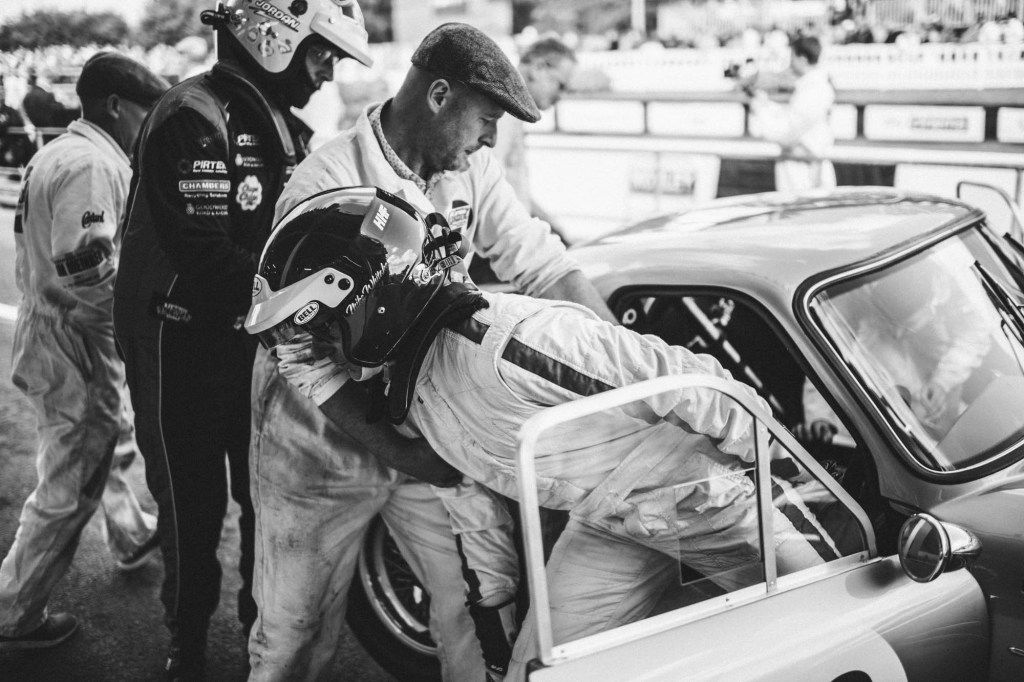
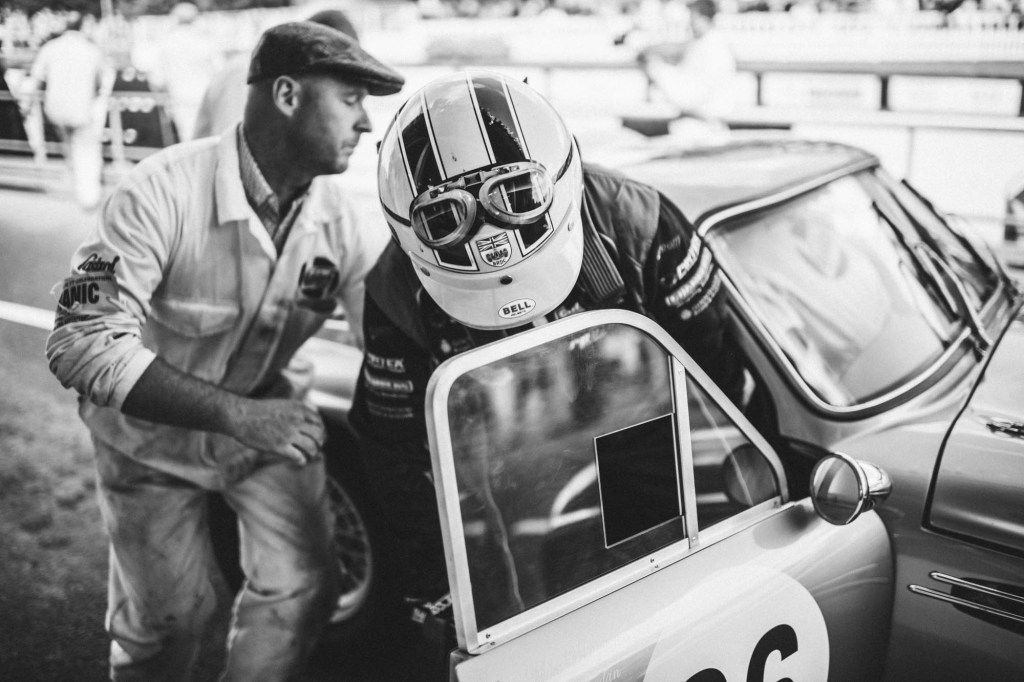
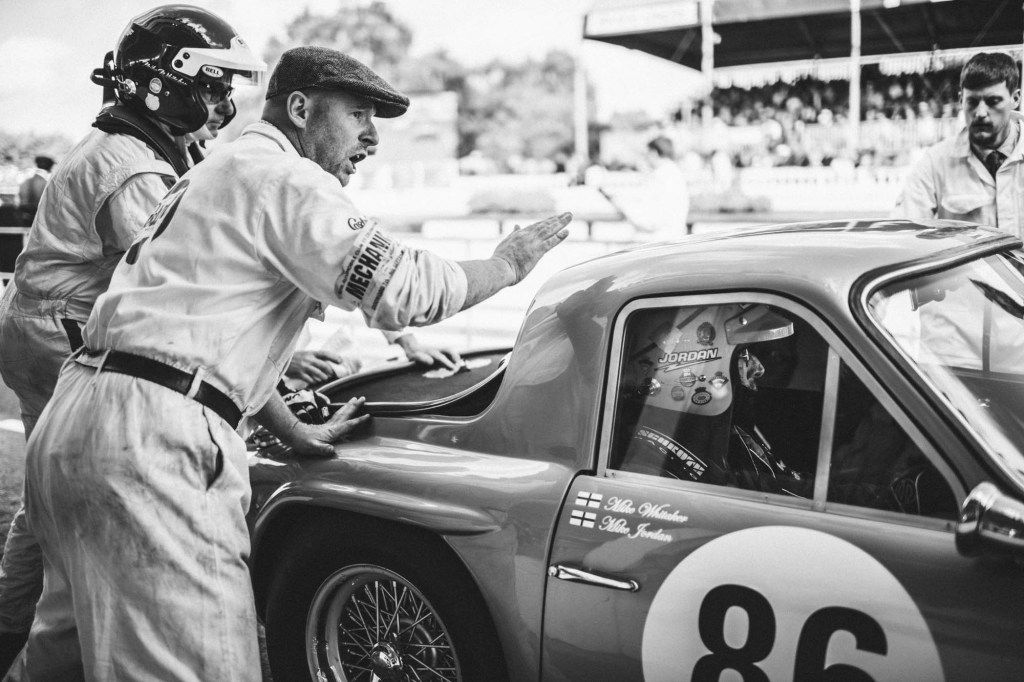
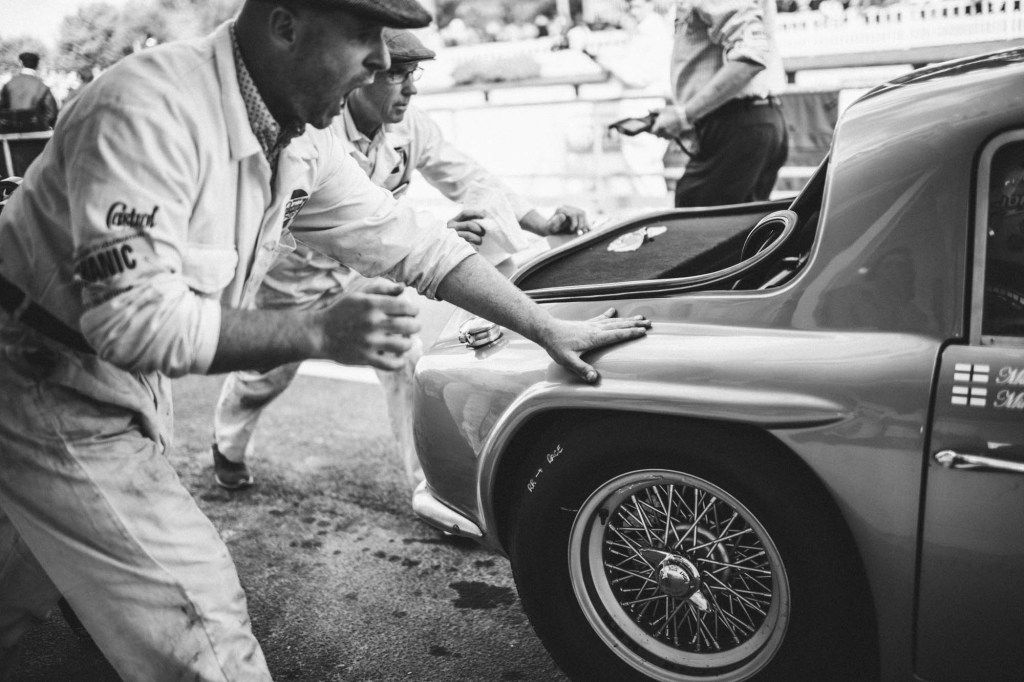
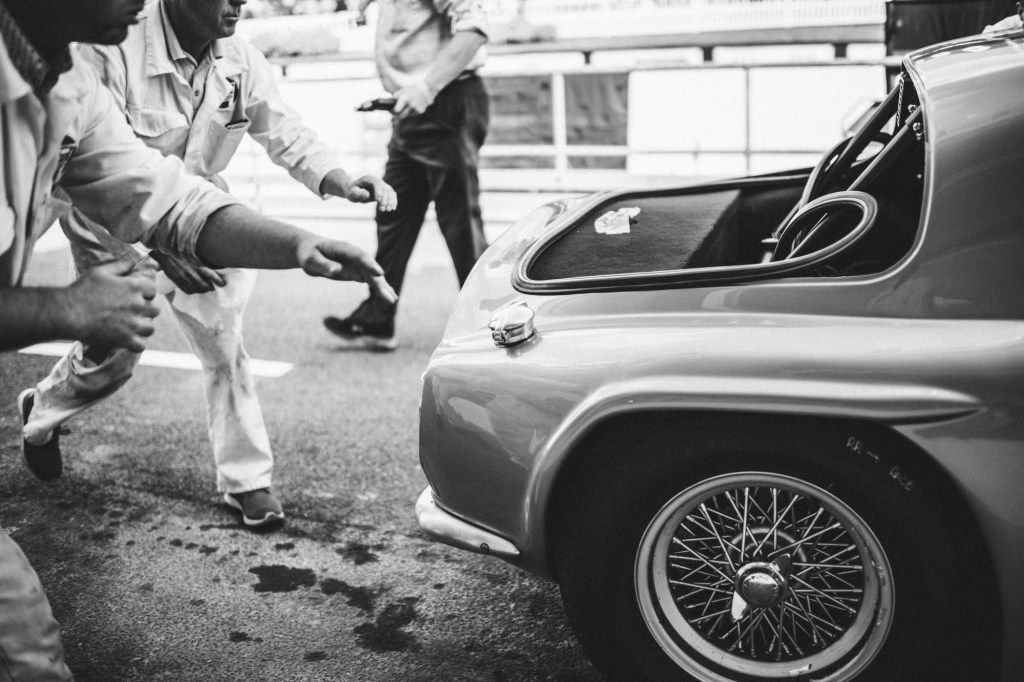
Credit: Amy Shore Photography
That brings me nicely onto my first reason, which is your consistent style and unique approach. Was it a conscious decision to try and create such a distinctive style or was it more of an evolution over time?
I think it was probably more of an evolution because when my style started I had never photographed a car before anyway. So it started with the weddings and at the time I was looking at all these other wedding photographers thinking I really like that style, I like those tones. Then I started to see some car photographers that I really loved. I regularly talk about Laurent Nivalle as a massive inspiration to me. I still can't figure out the way that he edits, but I don't think I'm going to try to now, but I used to really try to think, ‘oh, how does he do that’. So picking up these different inspirations from either what I photographed myself or from what I saw from other photographers’ work.
There's some amazing photographers currently. I'm still inspired now. There's a photographer that I follow called @greaseandgrain, a female car photographer, and she photographs things so dark and she edits so dark that it looks amazing. It's just so her style and I think ‘wow, that's really cool’, so sometimes I play around with my pictures and go a little bit darker. I'm like ‘ooh, yes, I like it’, and you pick these things out, it's never thinking I want to look like that person, it's ‘ah, that's a really cool aspect of that person's work’. Whether it's the grain that they may have in their edit or the way that they use black and white or they may completely desaturate the blues in all of their photographs, whatever it is, you end up picking up this recipe that creates your own style. So it's definitely an evolution and something that I think I will continually evolve depending on how my work goes. But it's got to be so subtle, otherwise it's not quite continuous and it wouldn't look like my own work, I think.
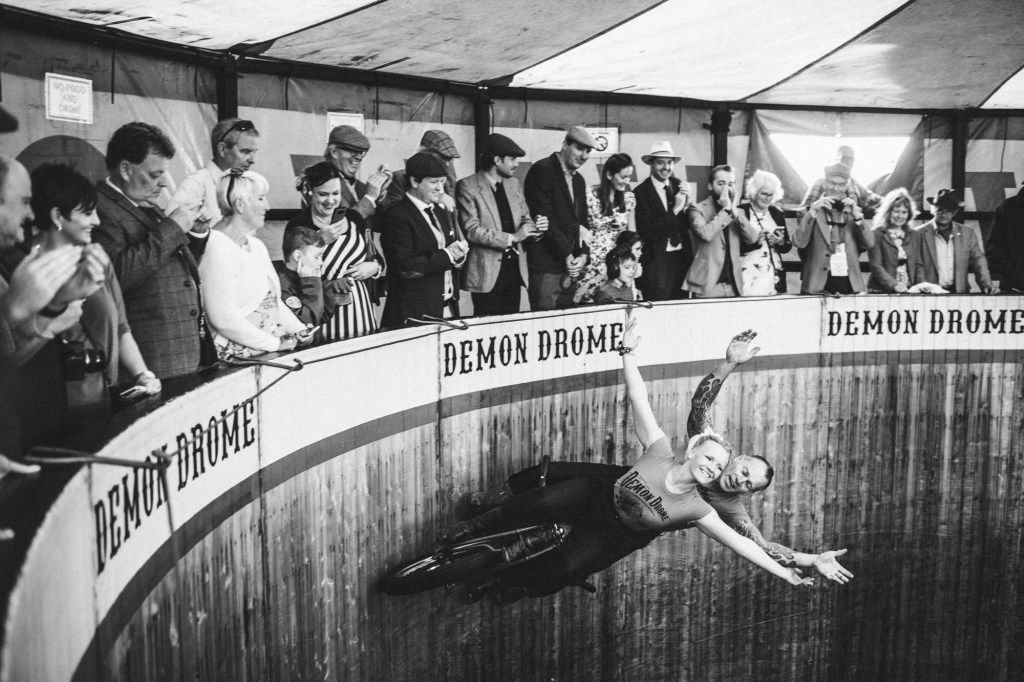
You've shot for some of the top players in the car world, Jaguar Land Rover, Ferrari, Lexus, Bentley, Classic Driver, Octane, Evo, Petrolicious, the list kind of goes on. But for me ,some of the most interesting photographs you've taken have been from events such as the Goodwood Revival, events at Bicester Heritage, road rallies and so on. Of course, at an event you don't have the luxury of being able to stage manage the shot. Do you have to drastically change your strategy and techniques for events versus pre-planned shoots?
If anything it's the other way around, I think. Again going back to weddings, these are days where you have a rough idea of what's meant to happen and then you have to go and photograph whatever is happening at that time. Taking that into the car world, I feel so much more relaxed in the event environment rather than set up shots, because the minute I have a decision and have to think what looks best I think, ‘I don't know, maybe this, maybe that’. It's difficult to sometimes figure out decisions. When you're just given something, you're like ‘okay, this is what you've been given, run with it and try your hardest to see what you can create out of it’. I love that, it's almost got a sense of adrenalin as well because you just think, ‘okay what am I going to do, what am I going to do’, and you're constantly looking for the shots. You're knackered by the end of it but it's definitely the way I prefer to work.
So trying to think of it the other way around where I'm given a car and it's like ‘okay, go and shoot this car over the course of the day’, there's a lot more planning involved because you think ‘where am I going to set up these shots, can I look for locations.’ I'm so glad that with Google Maps you can drop yourself down and have a look around the streets because that makes my job so much easier. [laughs] I just think ‘maybe if I could go there and I hope that the car is not parked there, like it is in the photograph’ and you think, ‘how can I make this work?’ So I have to change the way that I shoot, or the way that I think at least, mainly on shoots that are static and I have lots more time to think about them.
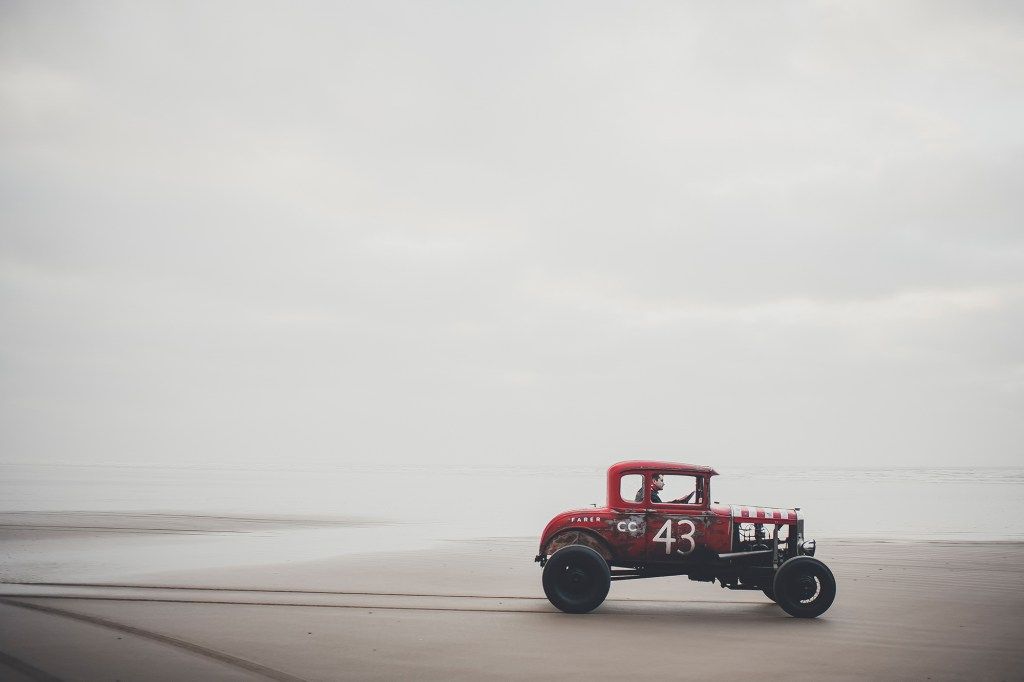

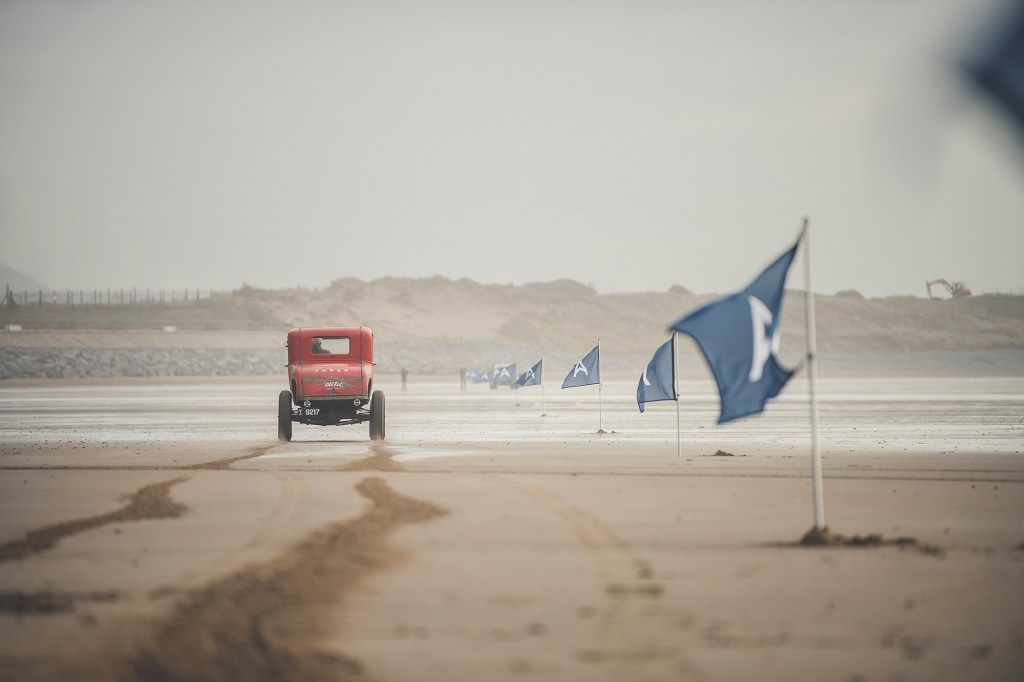
Credit: Amy Shore Photography
Some Google engineers are probably like, ‘Why is this girl, Amy, walking around our Google Maps so much, what is she up to?’
[Laughs] All the time. When I visit somewhere that I think will be a really great shoot location, on my own mobile phone, my own account, I have an array of pins up and down the country that have shoot locations. I might put in a little note being like, a really good pub at sunrise’, ‘the sun would be lovely on this’, or whatever, just so in the future if I'm ever doing a shoot in that area, I can be like, ‘oh I've got a location that works there’. So yes, sometimes in my photographs you might spot the same location a few times because I know it's one I really like, and it works.

Interesting, very sensible. Talking of events, this week is Bonneville Speed Week in Utah, one of my all time favourite events in the world. I know that you joined Triumph there when they attempted to beat a land speed record with Guy Martin a couple of years ago.
Yes.
Indeed, for three years I tried to do the same thing, not on a motorbike but with a car in a 1965 Mustang Fastback.
That's really cool. That's something you should open any first dates with that, like, ‘by the way, did you know’, because that's really cool. [laughs]
I think my girlfriend is definitely bored of my car chat, and indeed probably all my friends are as well, to be honest. I ended up managing to do 199.165 mph, painfully 0.835mph off the mythical 200mph, it's like less than the speed of a walk, so I've got some unfinished business out there. But to me, it's just one of the most special places I've ever been. Can you tell us a bit about your experiences at Bonneville with Triumph and Guy Martin and what was it like to photograph on the salt flats?
This was a trip that I didn't plan at all. I knew that they were going out there. I can't remember how I found out about it, maybe I had seen it on Triumph's social media, and I just thought, ‘oh, I'd love to go out there one day’. I thought, what's the harm in just sending them a little message on Instagram or, I think I actually put a post up on Instagram and I said, ‘Triumph are going to be doing this trip and oh I'd love to go if I could’, and I just thought I'll see if anyone replies, and somebody did. Their PR guy was like ‘hey, assume that you'd like to come, basically we can't pay you to be here and photograph, but if you want your flights and your hotel and food covered, you are welcome to come out.’ I was like, ‘hell, yes, I'm going to take a week's holiday basically, not quite a holiday, but go out there and shoot whatever I can, just for the fun of it’.
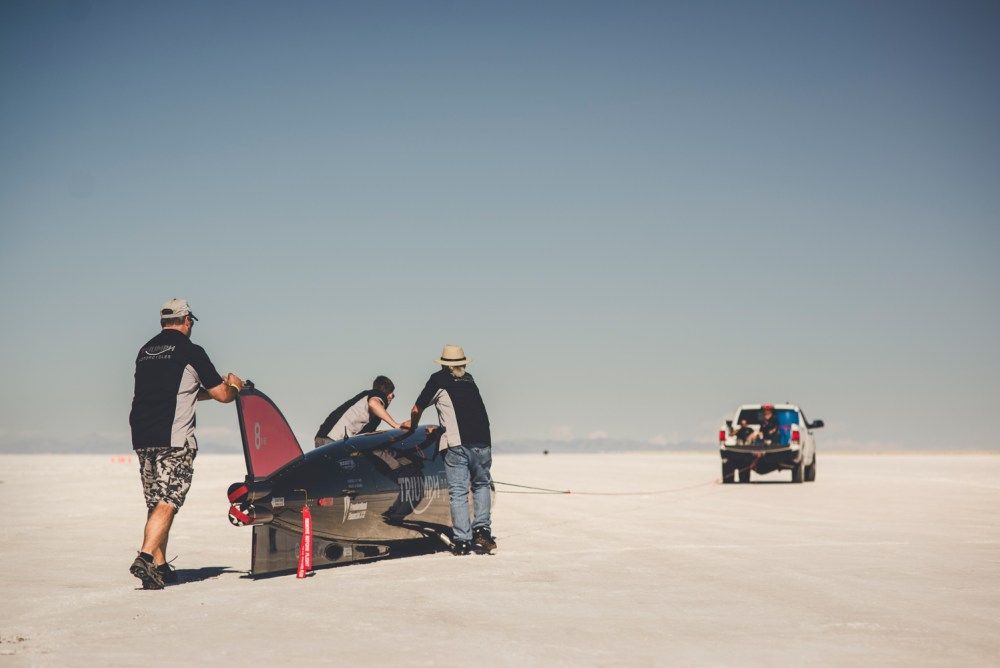

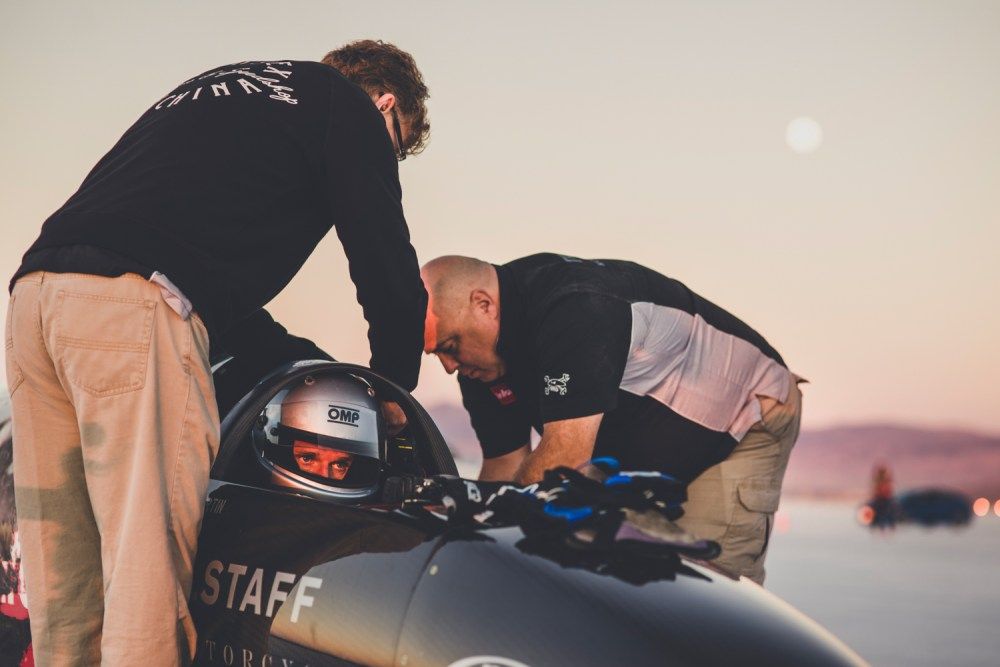
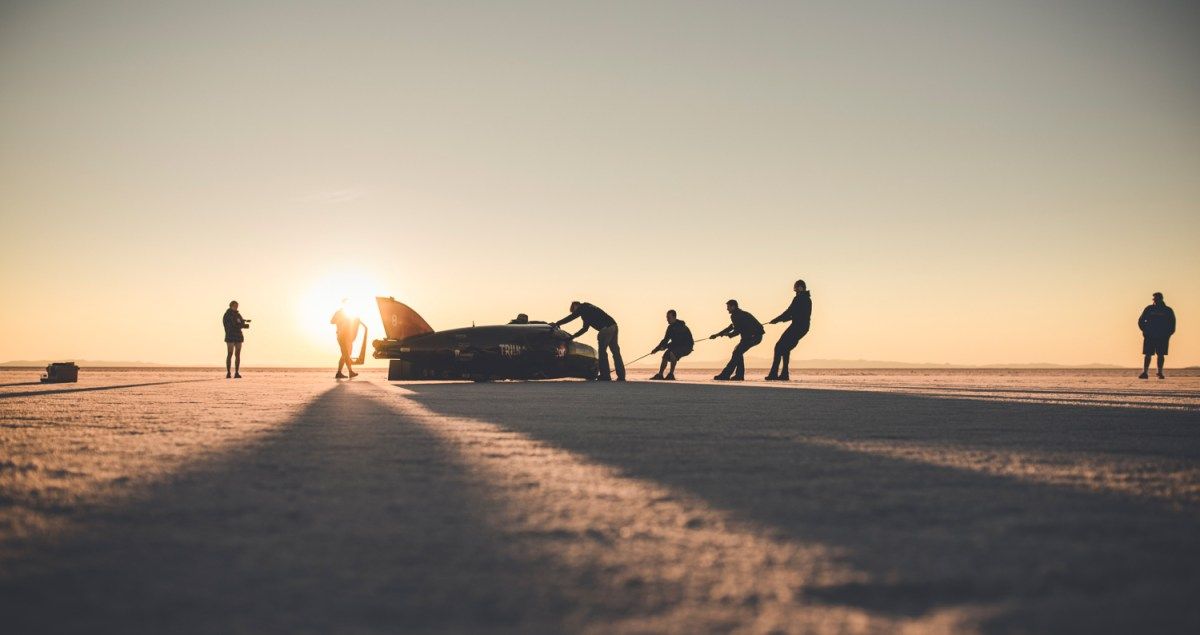
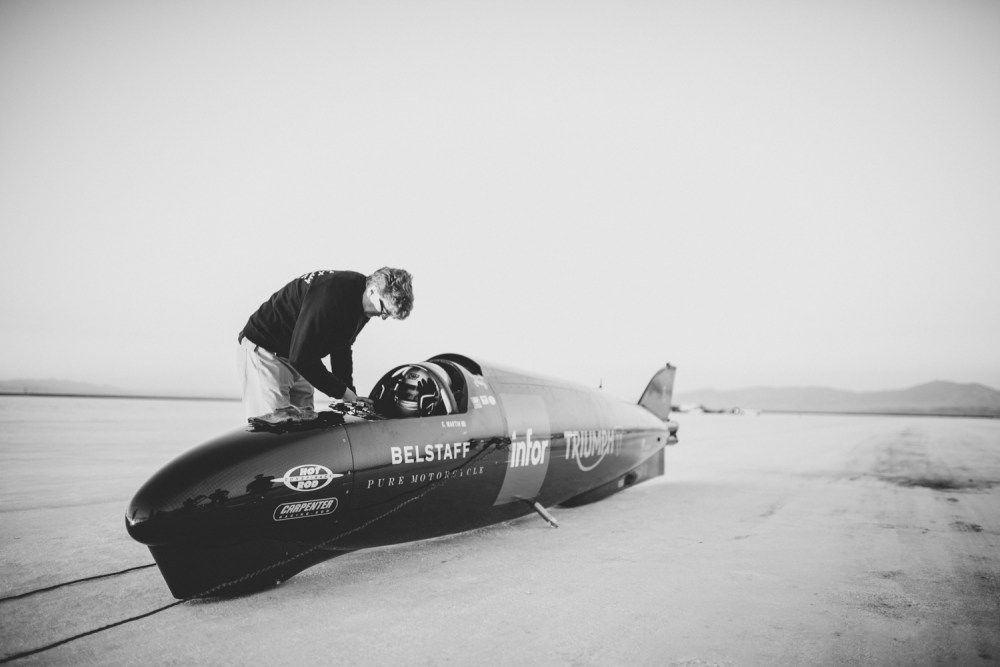
Credit: Amy Shore Photography
There are certain opportunities that don't come up very often and ones that I have the ability to take, such as that, and I just thought you know what, I may never get to the salt flats, other than this one time, so I'm going to definitely take this opportunity and run with it. So within three days I was off on a plane to Utah and it was mesmerizing. Seeing this place for the first time, you don't really know what to expect, it's so bright, the sun is so harsh.
We did a lot of waiting around because the wind was too strong or the salt wasn't dry enough. As I'm sure you know yourself, the salt conditions have to be perfect to be able to do these runs, because otherwise it's super dangerous. It was just living with this group of people for a week and photographing them and the engineers and our life out there. I took my camera when we went out for dinner and to the bars afterwards, it was a really cool experience.
Photographing Guy with his attempt as well, I just thought it is a cool little snippet of Triumph's history and I'm really pleased that I can be here helping out photographing this moment. So that was really special for me. So yes, I'd love to go back and photograph Speed Week and the people that go there after watching the World's Fastest Indian. You know what, one day I'm going to get there.
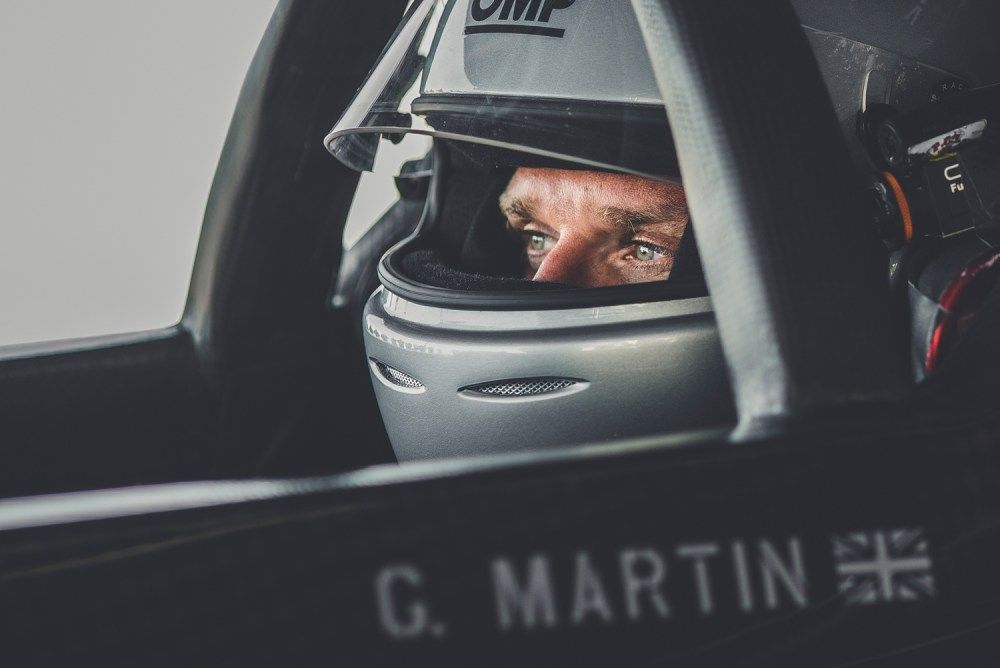
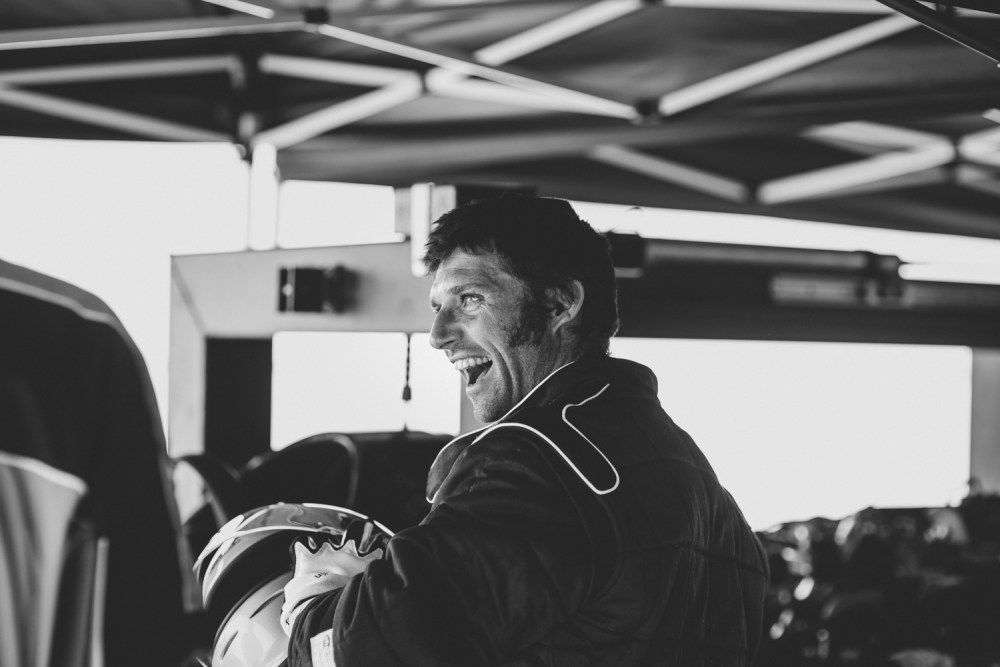

Credit: Amy Shore Photography
Certainly being on the salt flats itself is like being on the moon, it's very special. But I think the weirdest experience for me when I was there was actually staying at the casinos. I remember when I stayed there and I had two weird experiences. The first was when I was getting into a lift with probably a 50 year old lady, and she got in, looked very concerned and was holding onto the side of it, didn't press any buttons. I said ‘sorry, are you okay, what floor are you going onto?’. She was like, ‘oh, I don't know’, and she then said ‘I've never been in a lift before’. It turns out she was a Maryland dairy farmer, about 50 years old, and she'd never been in a lift before and that was her first time in a lift. It is just mind blowing that in the US, someone hadn't been in a lift. Then the second weird thing I had was when we were going for dinner after trying to beat this land speed record and there was a guy there on a ventilator playing the slot machines.
I saw one of them as well.
The funny thing is, they tailor the lights so you don't know what time of day it is.
No clocks in there.
Anyway, I went to bed at probably 10pm and we had to get up early to be on the salt at 7am so I came down for breakfast at 6:30am, and the same guy was still there. He'd obviously gone through the whole night. I was just like ‘wow, this place is insane.’
We did the same. We'd have to be on the salt at 5 in the morning, so we were meeting for breakfast at 4:15am or something like that, and it feels like the middle of the day down there, there were waitresses walking around, people on the slot machines, again with oxygen tanks next to them and you just think to yourself, ‘this is a very interesting place’. I thought I'd love to photograph but obviously you're not allowed. So yes, it's an incredible place to experience.
I think I stayed in the Golden Nugget Casino Hotel. There's a line on the road between Utah and Nevada, it's on the State border and all the casinos, I can't remember which side they're on, because one State they're legal and one State they're not?
I think Nevada they're legal.
Exactly. I found that fascinating, you have to cross the State line on the road so that you can go back to your hotel.
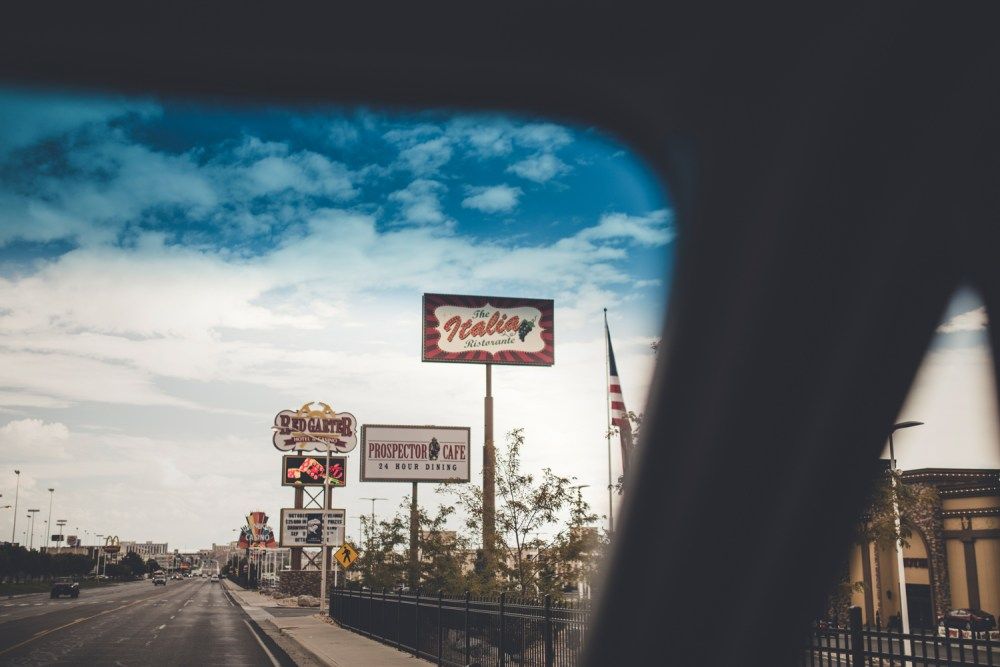
Amazing. You've been very successful in building a large and very engaged following on social media, particularly on Instagram. Obviously the majority of such platforms are viewed on a smart phone which typically has a screen size of a couple of inches by, say, four or five inches, and it's typically viewed in portrait position. As a professional photographer do you think it rather blinkers the power of photography with people viewing images in such a small format and it changes the determinants of an exceptional photo?
So thinking about this, I don't think it blinkers it. I think it's something that, as photographers, we're going to have to potentially change the way we think about photographing things or the way that we display our photographs. If you really love an image, have it printed and have it framed well and have it on your wall where you look at it every day. There are certain photographs that I have of the people that I love, where I want that printed and I want that to be something that I feel emotional towards.
When it comes to social media, I think it is becoming the way that we absorb art, or at least it is the way we see a lot of art and design and technology, is through our technology. So I think I have now changed the way I photograph and the way I think about showing my images to fit that format, because that's how most people are consuming those images. It's not the be all and end all, I don't just photograph in portrait mode for example and think, ‘oh this must be a really good image for Instagram or anything’, but it definitely alters the way that I think about how I photograph.
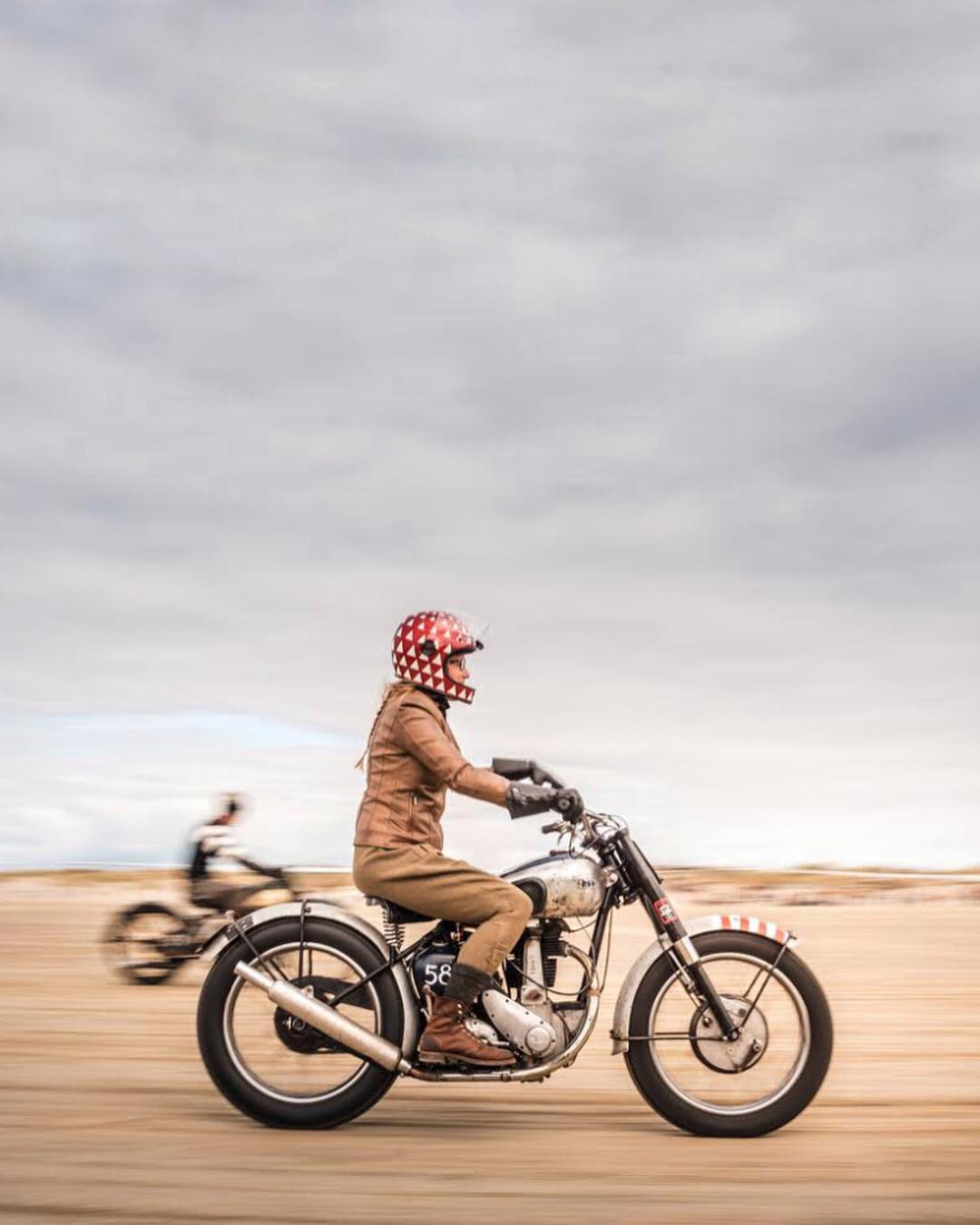
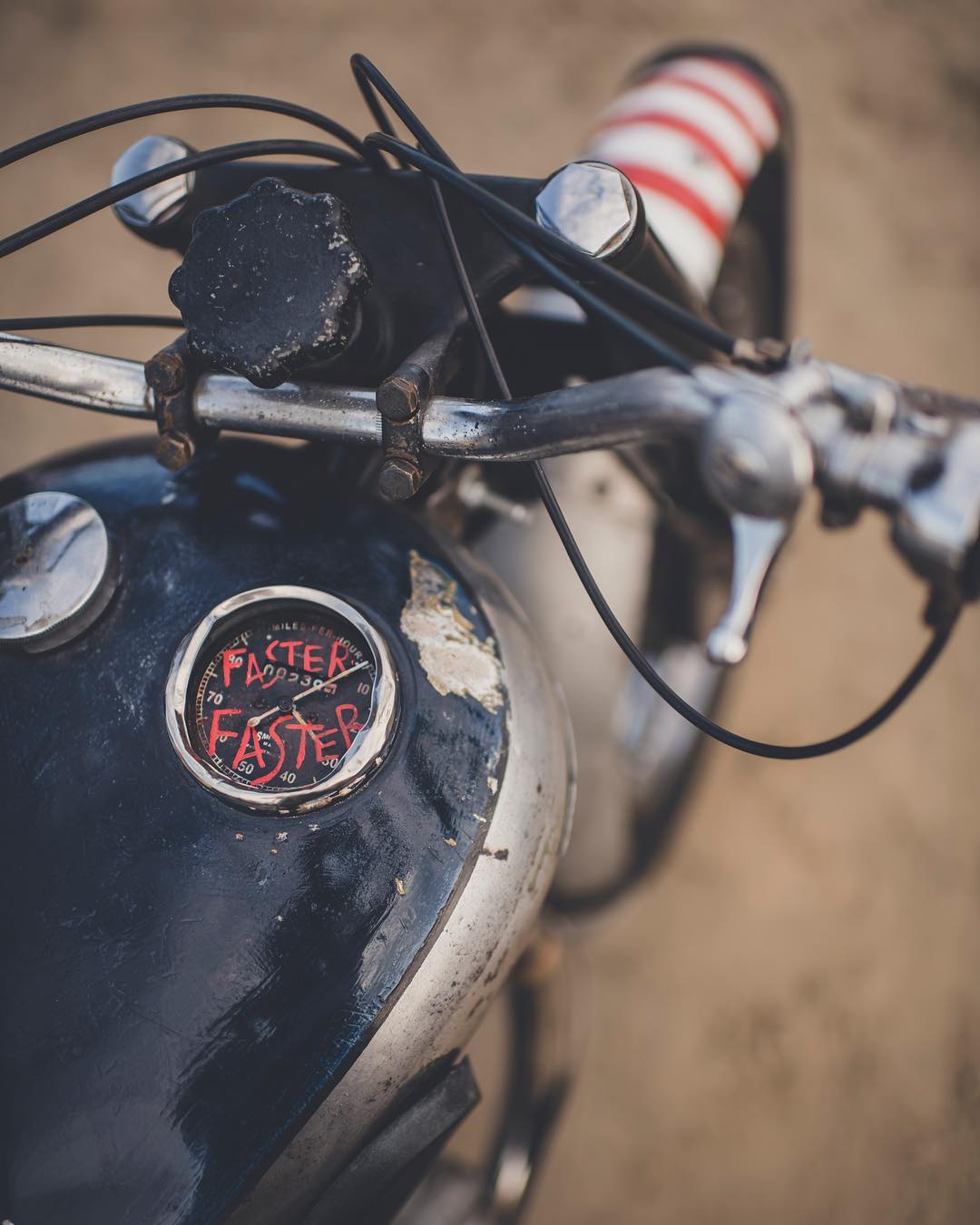
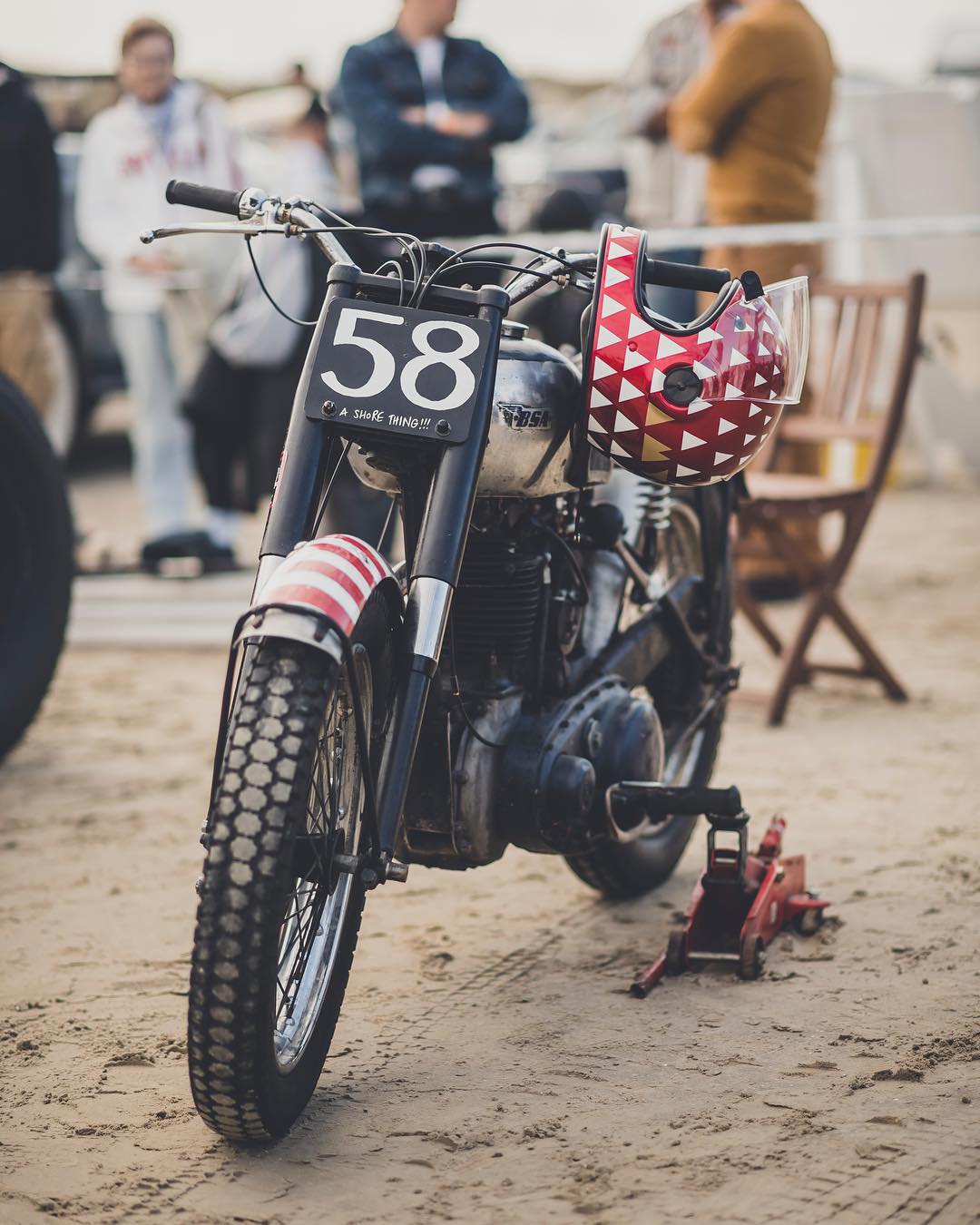

Credit: Amy Shore Photography / Craig Callum
I've noticed that when I first started photographing, the majority of my shots, probably 90% of my shots would have been in landscape format. Now if I look at my work, I think I probably shoot more or less the same amount of moments, but I shoot the same moment twice if I have the time to. I'll shoot one portrait and one landscape so I have the option to be able to think, ‘where can these go afterwards?’ But if you only have that one shot moment, I still keep it landscape, I think. You know what, I don't really know. I think I've automatically started turning my camera around a little bit more the more I photograph now, because I think about the way people consume images, being primarily now on smart phones and in portrait mode.
I think my work looks best printed because I've got quite a soft look about it and on paper I think it looks much nicer than necessarily on a high contrast screen. But at the same time, it depends on how you like to see your images. I have as my own wallpaper on my phone my Mini, my classic Mini, and a photograph I took in Scotland and I just think, ‘I really love that image’ and I don't even think about the fact that I'm looking at it on a phone, I just think, ‘that's a really nice image that I like to look at of my nice car’. I think probably the way we produce art now is changing or the way it's seen, so I hope that kind of answers the question. [Laughs]

I see you've recently become the co-host of Driven Chat (@drivenchat). What's that all about?
So Driven Chat, it's quite difficult to explain because there's four prongs to it, but basically initially we talk to celebrities and well-known people about what drives them and what makes them a success. These people haven't got there just because they're very nice and they've shaken a lot of hands or anything like that, but because they're passionate about what they do and they really strive to be where they are. These people are very driven so that's our initial chat.
We've got a radio show that our main host Andy Jaye talks to them about. But then we've got a sideline podcast and video features which are much more car related, and so that's where myself and another chap called John Marcar, we are co-hosts on the podcast, and we talk either to celebrities or with each other about car related things. It's not about your nuts and bolts and rivet counting or anything like that. I go into the emotional side of things and road trips and classic cars, whereas John is the nerd of the group. So he will talk about all the nerdy things.
The three of us together, we have just a really nice chat, just a proper laugh about everything to do with the automotive world. So that community we've been talking about, it's trying to express that community to the wider audience so they can listen to us just chatting away. Instead of experiencing this car community from looking at, say, my photographs, you can listen to this podcast and think ‘oh okay, this is what it's all about.’

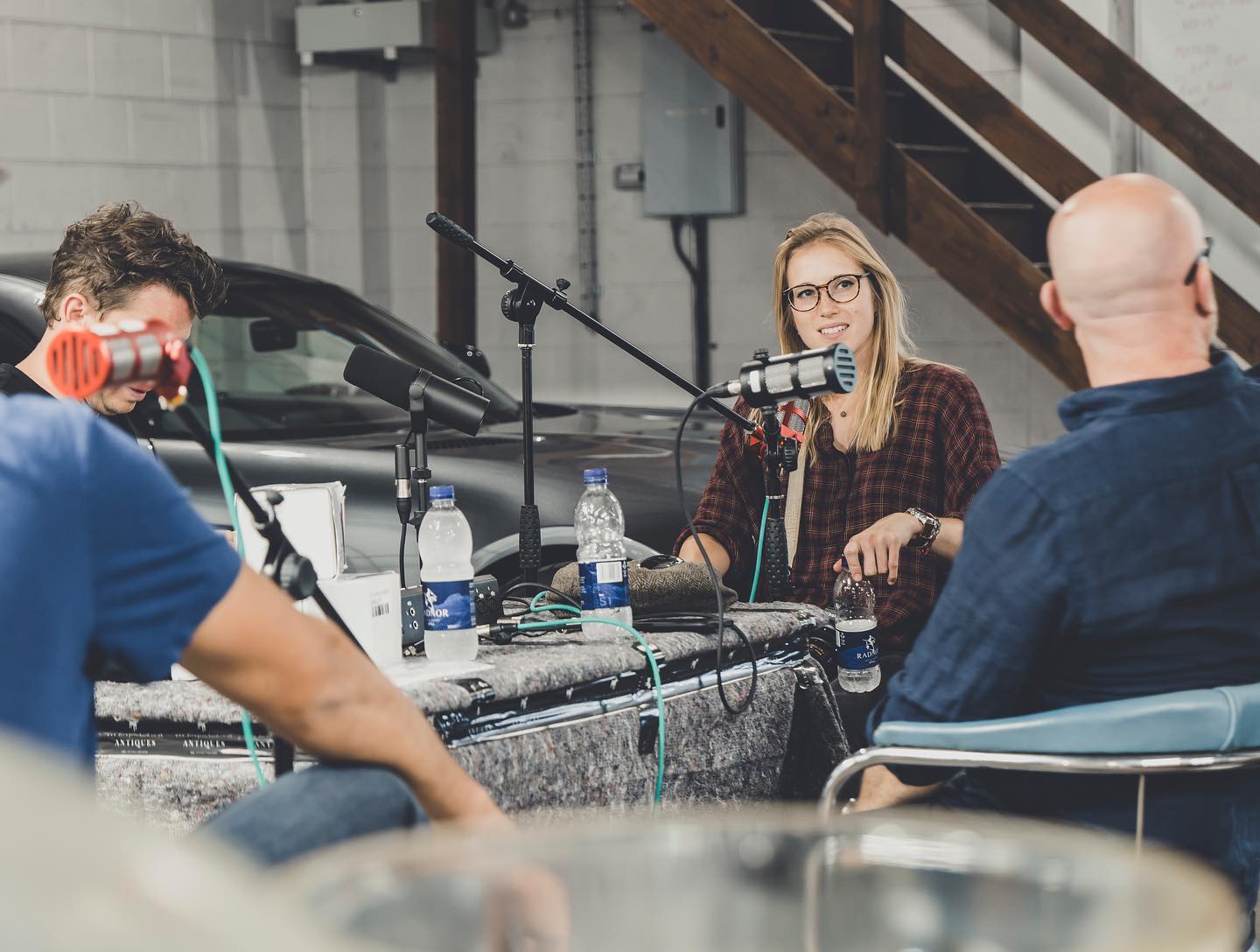
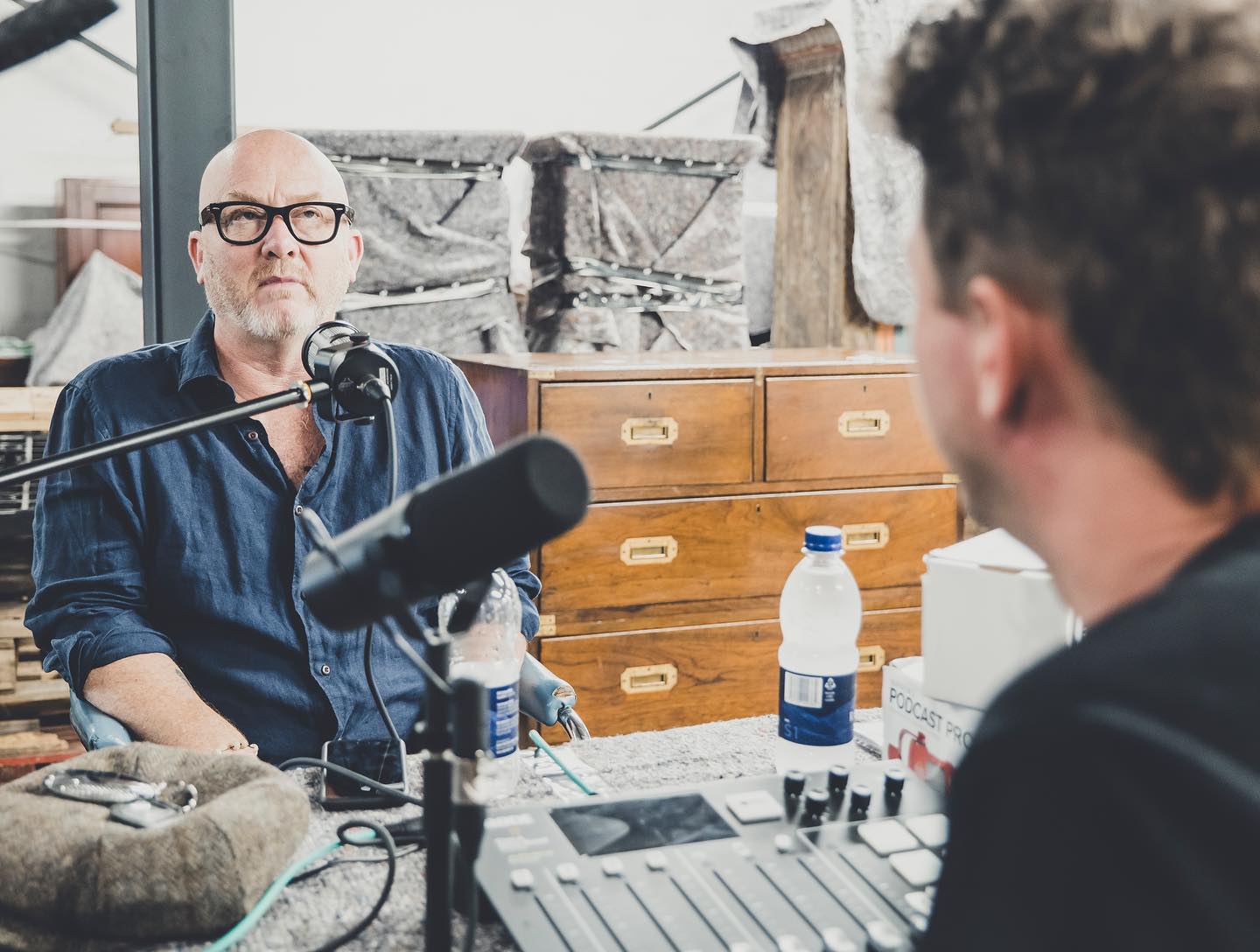
Source: Driven Chat
It's not just about, what I used to consider, could be quite boring car photographs or car chats, because I'm not interested in rivet counting, but some people are and that's totally cool, but I'm interested in the adventure and the classic cars and motorcycle trips and all that. So yes, it's a really nice mixture which hopefully a lot of people can listen to and enjoy. We've also got this transforming car which turns into a chat studio, which is mad. So we have celebrities go into that and Andy talks to them as well. You'll just have to watch those videos because it's easier to watch it than for me to try and explain it. [laughs]
Funnily enough we interviewed Ted Gushue last week.
Lovely Ted.
Yes, he's a great man. He talked about how what he was doing at Petrolicious with some of the videos was they use the car as a canvas to tell a story. I think that's quite a good concept in that when you've got a car or a shared interest in cars, it's a sort of leveller. It doesn't really matter who you are, you have a shared passion and that's a way of breaking down those barriers. So very interesting. Then last question before our quick fire round, is there a particular photo which you've taken which really stands out to you or has a particularly interesting backstory and, if so, can you tell us a bit about it?
So there's two that come to mind. I don't really have my own photographs on my walls at home because I just feel weird about it, but there are two photographs, one that my parents have on their wall. One of them was a photograph of a fisherman actually, which is the only picture of my own that I have on my wall, and I probably will keep it on my wall forever, I think.
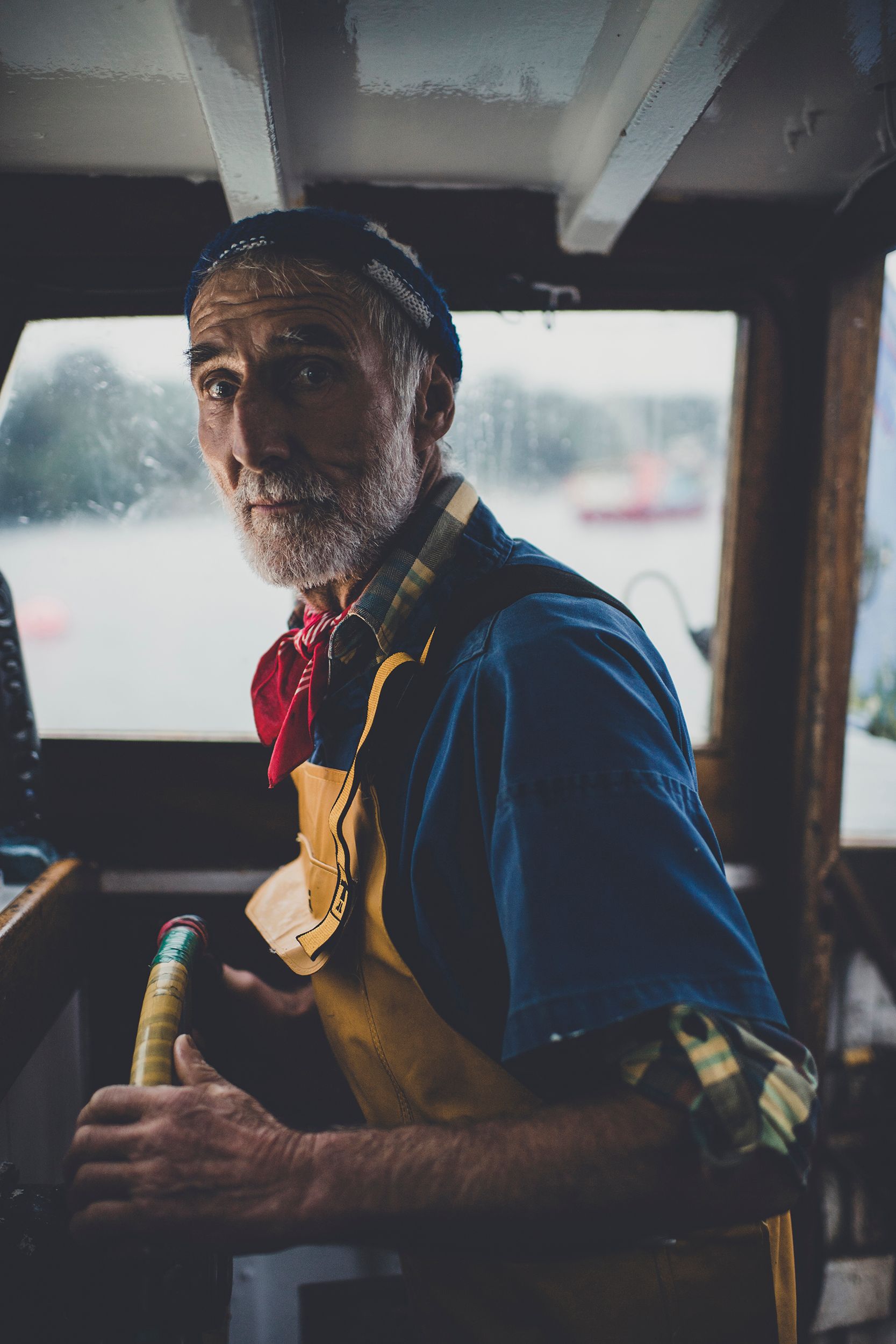
There's a difference between being photogenic and being attractive. So this fisherman, I wouldn't particularly say he was of my type, but he had the most beautiful wrinkly face with the biggest nose that I've seen on a human, with this little yellow hat. We were out on his boat at 5 in the morning ready for this shoot, and it was a watch shoot, and he was just our transportation to get to where we needed to go. The way that the rising sun hit his face and the glow of his boat’s instruments on his face, and I just thought that is a portrait that I am happy with. Sometimes you just think to yourself, ‘you know what, I didn't intend on getting this or this wasn't planned, but no, I really love that’.
The other one, a bit more car related, would be a photograph that my parents have on their wall and it's one of the last photographs I took just before I went on a Scottish road trip in my Mini, my first proper road trip and the only one I've done on my own. My Mini is in my parent's garage and the light from the garage is just lighting my dad's face. It's very dark because it was night when I left, and that to me is so emotional because I was so scared at that point when I took that photograph. There was a little bit of snow on the ground and that was, I think, just the beginning of my true, true love for road trips was that photograph.
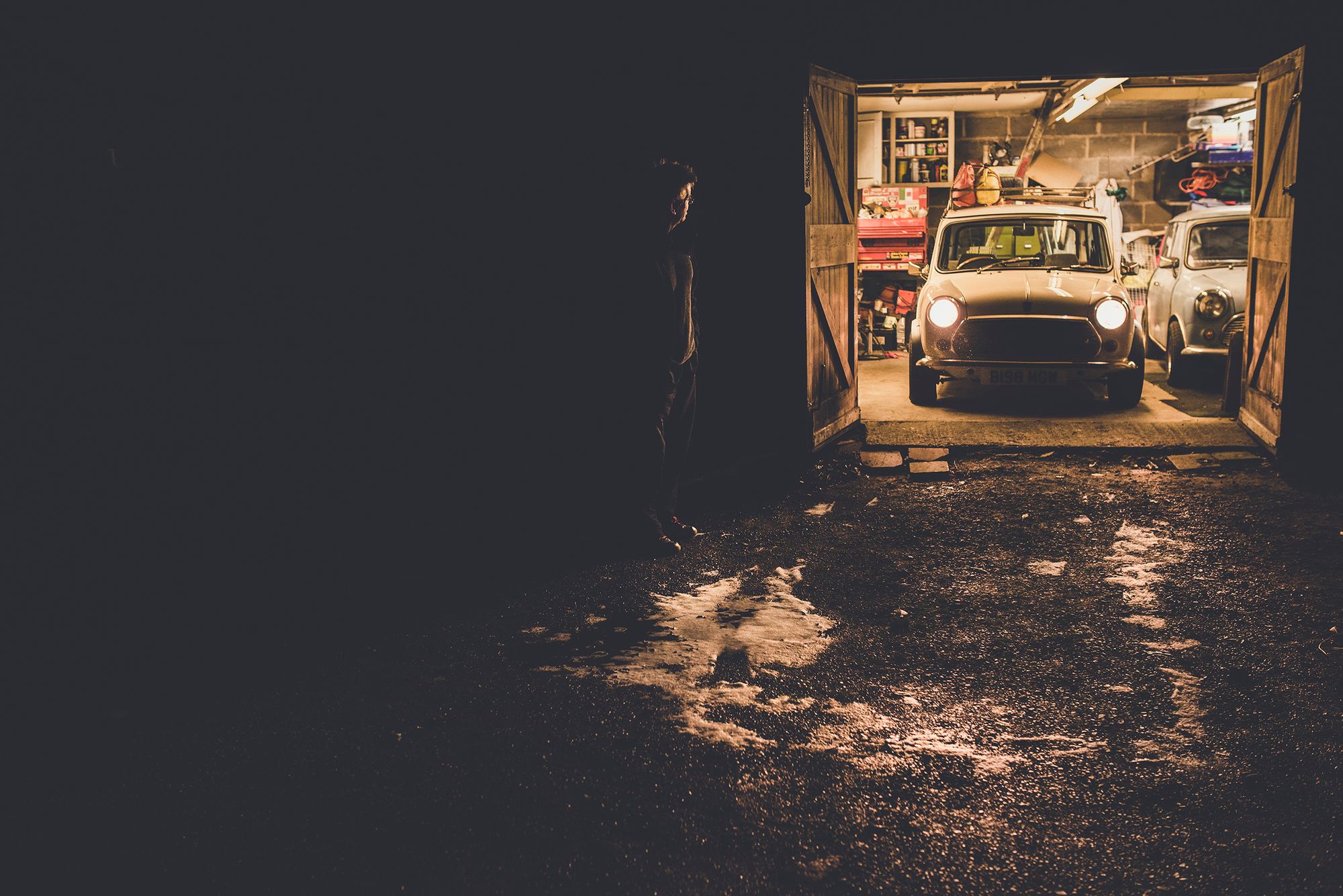
Sometimes you think, ‘that's a wicked shot where you just see everything worked out well, I'm really pleased with that’. But the ones that will stick with you and I hope stick with other people that look at your images are the ones that people really feel something when they look at them and you just think, ‘yes, that makes me feel whatever, whatever it is.’ If a piece of art or design makes you feel something, then that is good. [laughs] I think art, it's the same with music, they're so emotional and I suppose vulnerable in a lot of ways, that to make other people feel something when they see them is a real pleasure, to be able to think ‘yes, I've managed to make that person feel’. So yes, I've gone on a very like romantic tangent. [laughs]
That's great. Onto our quick fire questions - dream photo shoot, which car and where?
Probably any red classic Ferrari in somewhere snowy. I think it's just that pop of red of this beautiful car, a lot of people would say don't ever drive it in the wet or the snow, I think that would be a wicked shoot. I've seen a shot in the past of something set up like that and I felt ‘one day, that's what I want to do’.
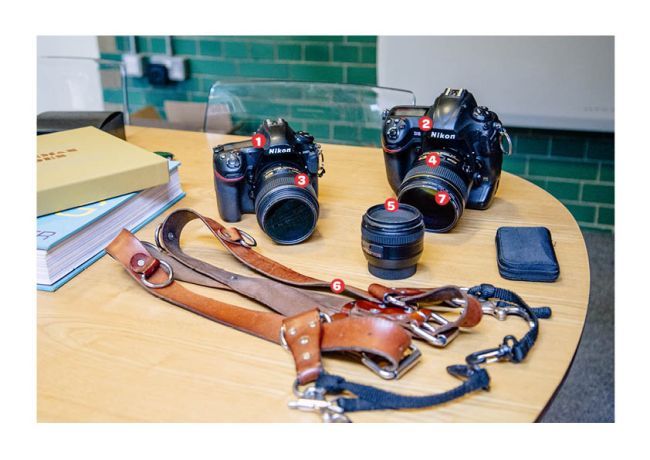
Camera of choice?
This is a hard one but I think it's got to be my Nikon D850. I've got a range of cameras, some of the smaller mirror-less ones, some of the bigger ones, but I think that is such a cracking camera. That's probably one I'm going to hold onto for a very long time, or at least until they bring out something that can match that.
If you can only attend one event each year, what would it be?
Hands down the Goodwood Revival. It will always have my heart and I'm so lucky that that was the first proper big car event that I ever went to in my life, when my dad took me 10 years ago, before I was into cars. But yes, if anyone listening, if you're overseas, that's a bucket list thing to go and experience.

Yes, I agree. Last question - money no object, three car garage?
So this is a funny answer. I had this discussion with a super dooper rich multi-billionaire and it was interesting because I wanted to hear his answers and I realized that when I was answering myself, my dream garage still has to be a level of realism. So even though it is money no object, I think to myself, ‘I don't think I want to drive my 250 GTO to Sainsbury's’ because it feels too alien to me. So my dream garage is something I probably could realistically have.
So number one, I don't think I'm ever going to let go of my own classic Mini, so that's got to be part of the dream garage. Another one, I have got a real soft spot for MGB GTs. Something about them, I think of in a gun metal grey, I think it's super cool. I suppose it's like the poor woman's version of an Aston Martin DB5 is how I see it. So someone is going to be like what the hell is she talking about, but I guess that's what I think.
Then I've always had a soft spot for, and I'm going to get so much hate for this I think because it's a bit more of a modern car, but I think the BMW Z4s are going to be future classics. Some of those I think are so pretty and I just think, if I had to just bark around the country, that is the car I think would be the one I'd like to do it in. Then again I've never really driven one, so I might drive it and think no, I'm not doing this forever.
Yes, so I think that would probably be my three car garage, which is a really rubbish answer. People are going to be like, I thought she would have more interesting cars than that. But realistically, I think that's what I'd like.
There you go. You've got to have the Z4M, you've got to have the sports version at least.
Of course, yes.
I weirdly like the coupés, the Z3Ms the Z4Ms, there's something quite different about them, I can appreciate that. That's a bit controversial some of those, but I do love the MGB as well, and everyone loves a Mini.
Yes.
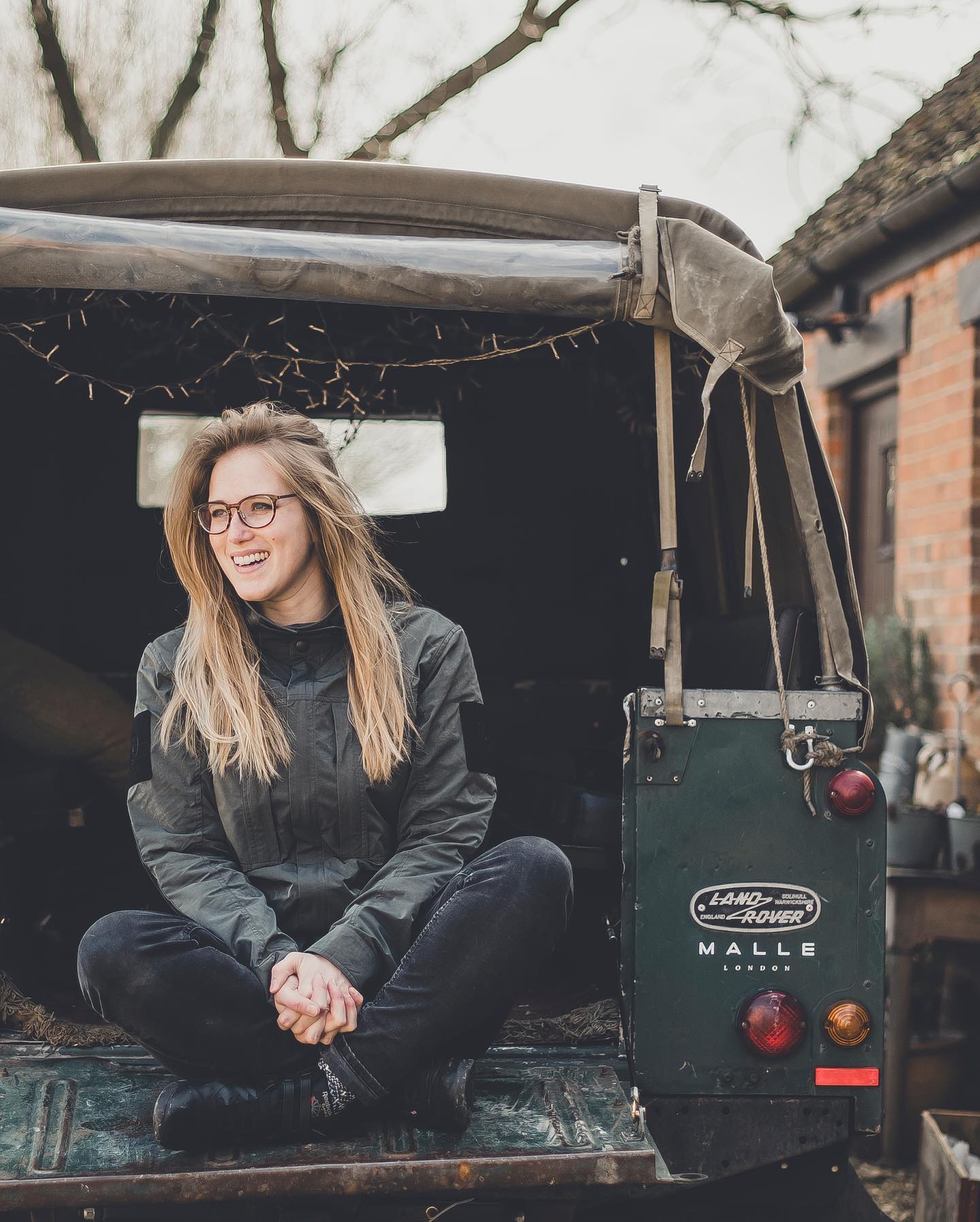

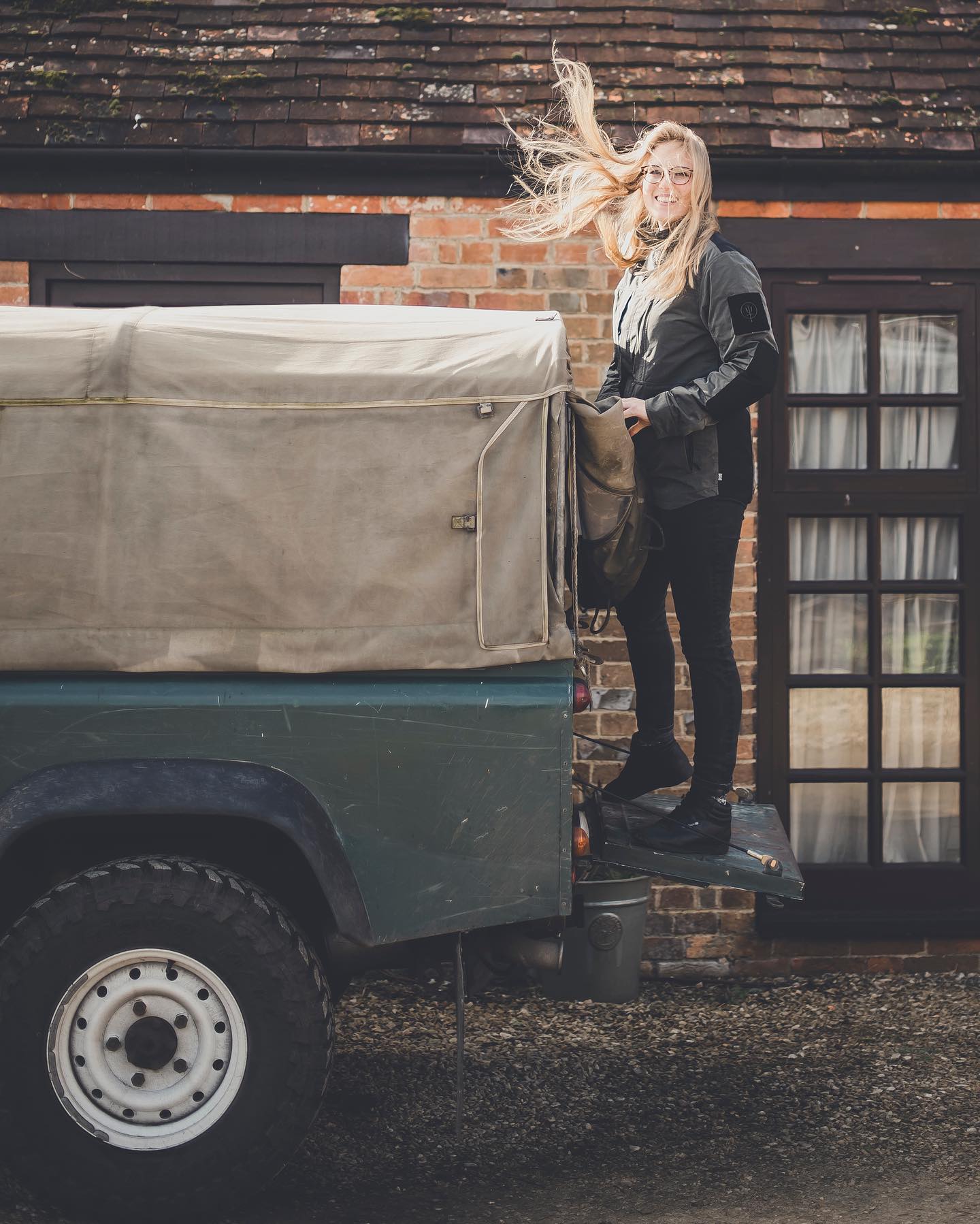
Credit: Craig Callum
Well, Amy thank you so much for your time. That's been absolutely fascinating. Really good to chat to you and I've loved hearing some of your advice and ideas about the world and hopefully look forward to catching up at an event in the coming months, if we're allowed to, assuming we don't go back into lockdown.
Exactly that, fingers crossed we don't, but no, thank you so much for having me on. It's been a real pleasure chatting to you.
Fantastic, thank you so much Amy.
To get in touch with Amy or see more of her work please visit https://amyshorephotography.com/ or on Instagram at @amyshorephotography. You can also follow Driven Chat on Instagram at @drivenchat.

